
Rome – the everlasting capital city
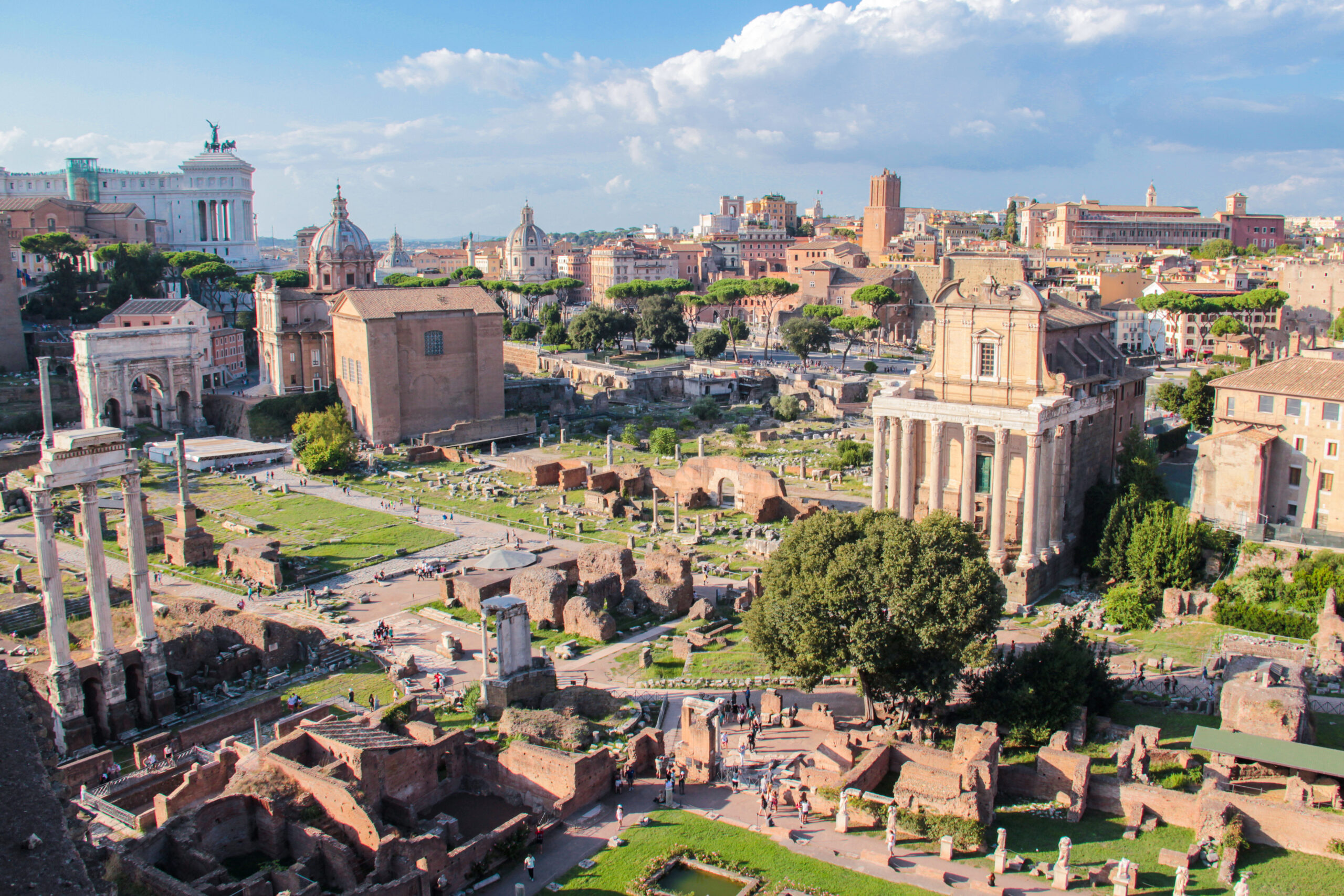
Rome is the capital city of Italy and also of the Lazio region. It’s also the largest city of Italy with 2,9 million resident. It is located along the shores of the Tiber in the central western part of Italy. Rome is also the only city which has a city in the city with an independent country, which is obviously the Vatican City.

Historically, Rome is one of the oldest sites in Europe which was occupied continuously. The Roman mythology dates back to 753 BC, but had been inhabited for much longer. Before it became the capital city of Italy, it had been the capital of the Roman Kingdom, the Roman Republic and also the Roman Empire. In 2014, it had been the 14th most visited city in the world and 3rd in the European Union. The historic center of Rome is also a UNESCO World Heritage Site.
Colosseum
The Colosseum is certainly the first thing that comes into someones mind when thinking about Rome. It is the city’s landmark. This impressive building lies to the east of the Roman Forum and is the largest amphitheater who has ever been built.
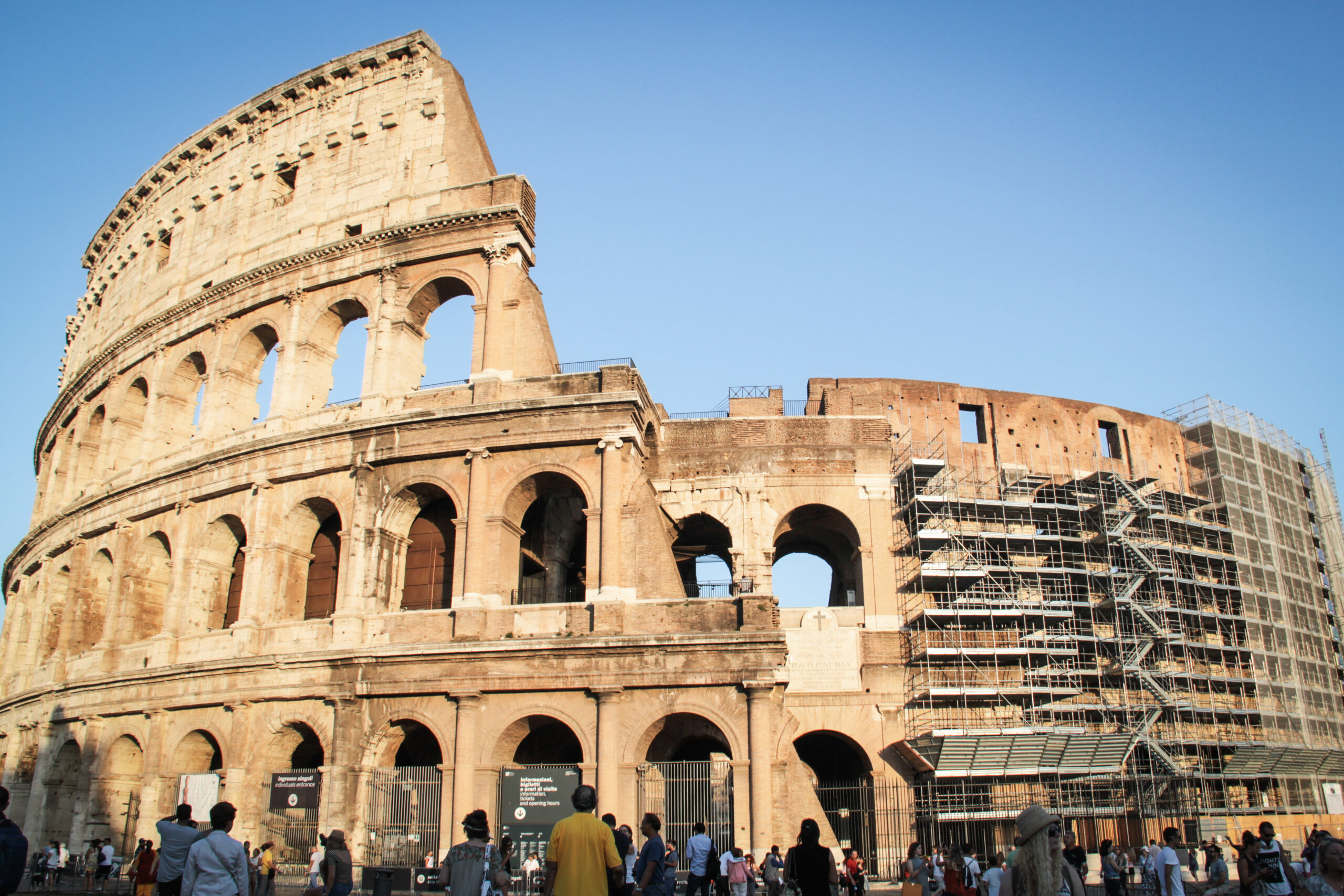
The construction began in 72 AD and was finished in 80 AD, but it was modified several times. The Colosseum was used basically for gladiatorial contests and public spectacles and it could host 50.000 to 80.000 spectators. Although it had been ruined partly by earthquakes and stone robbers, the Colosseum is still the iconic symbol of the Imperial Rome and the main tourist attraction in Rome.
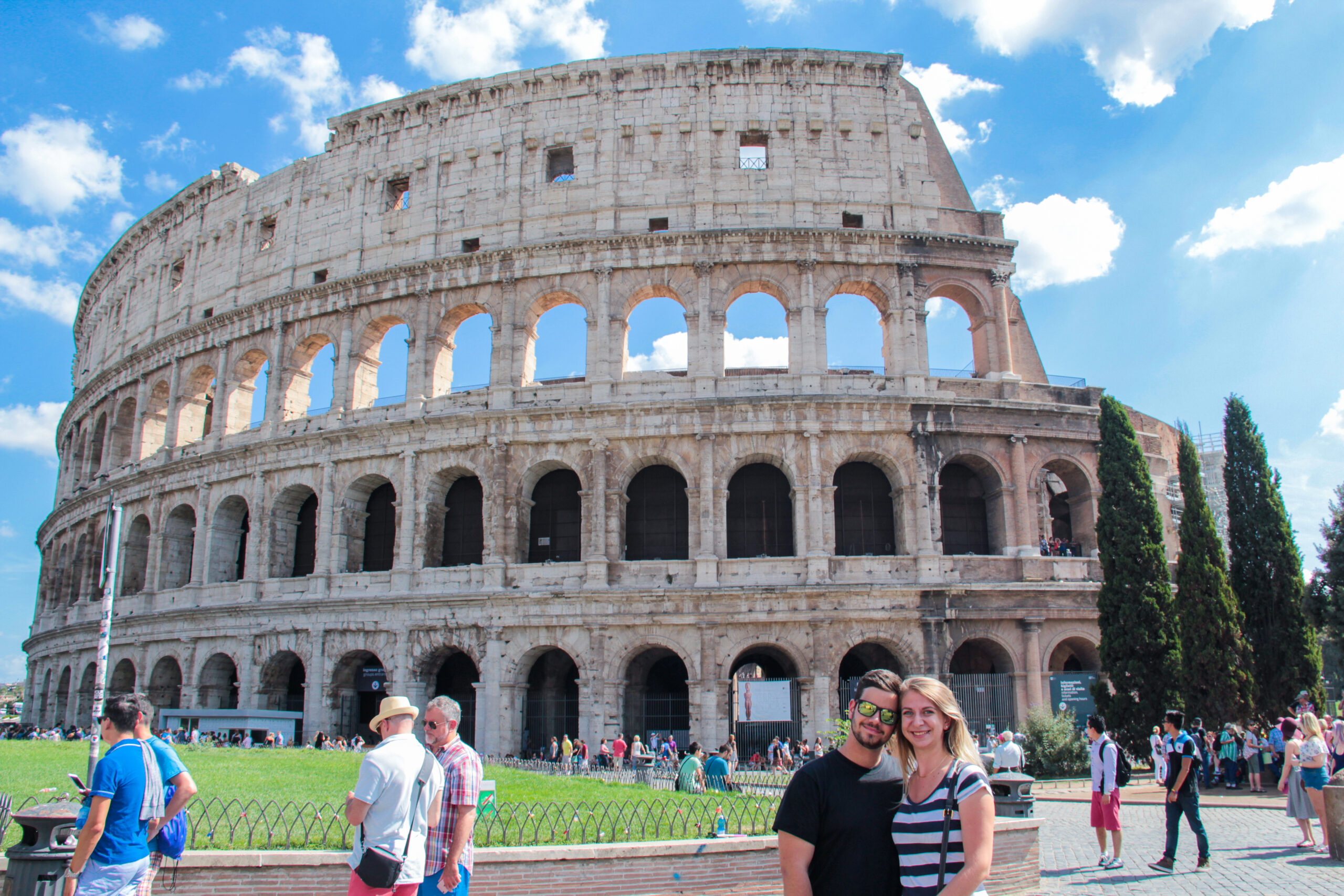
Unfortunately the Colosseum was partly covered by a scaffold around some parts of it. They started to restore the Colosseum in 2013 and should last at least until 2016. I’m sure that there is always something to restore on such a historical building. It is very important that such important that it is conserved.
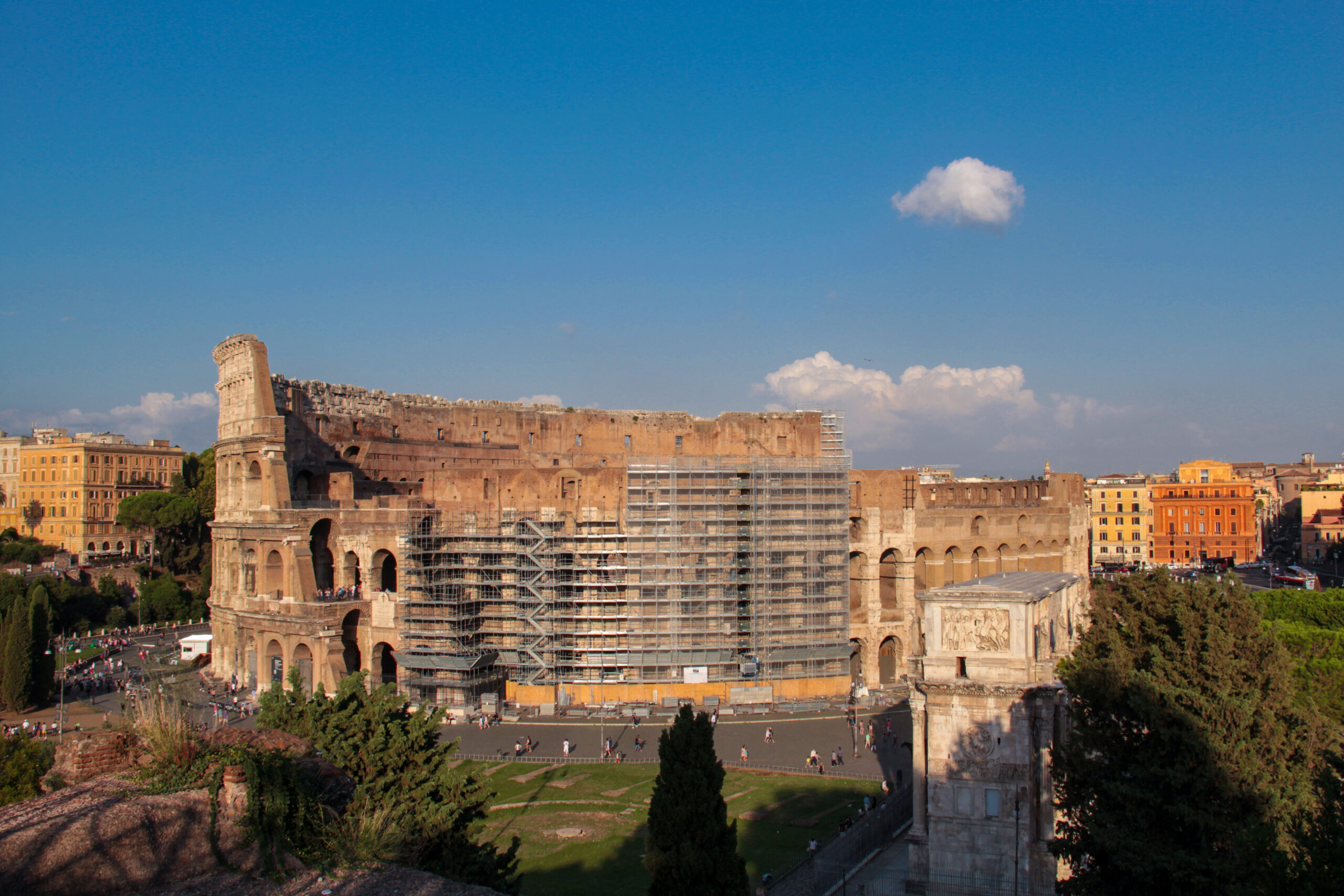
I bought our entrance tickets in advance, which saved us again a lot of time. You can save so much time by bying those skip the line tickets.
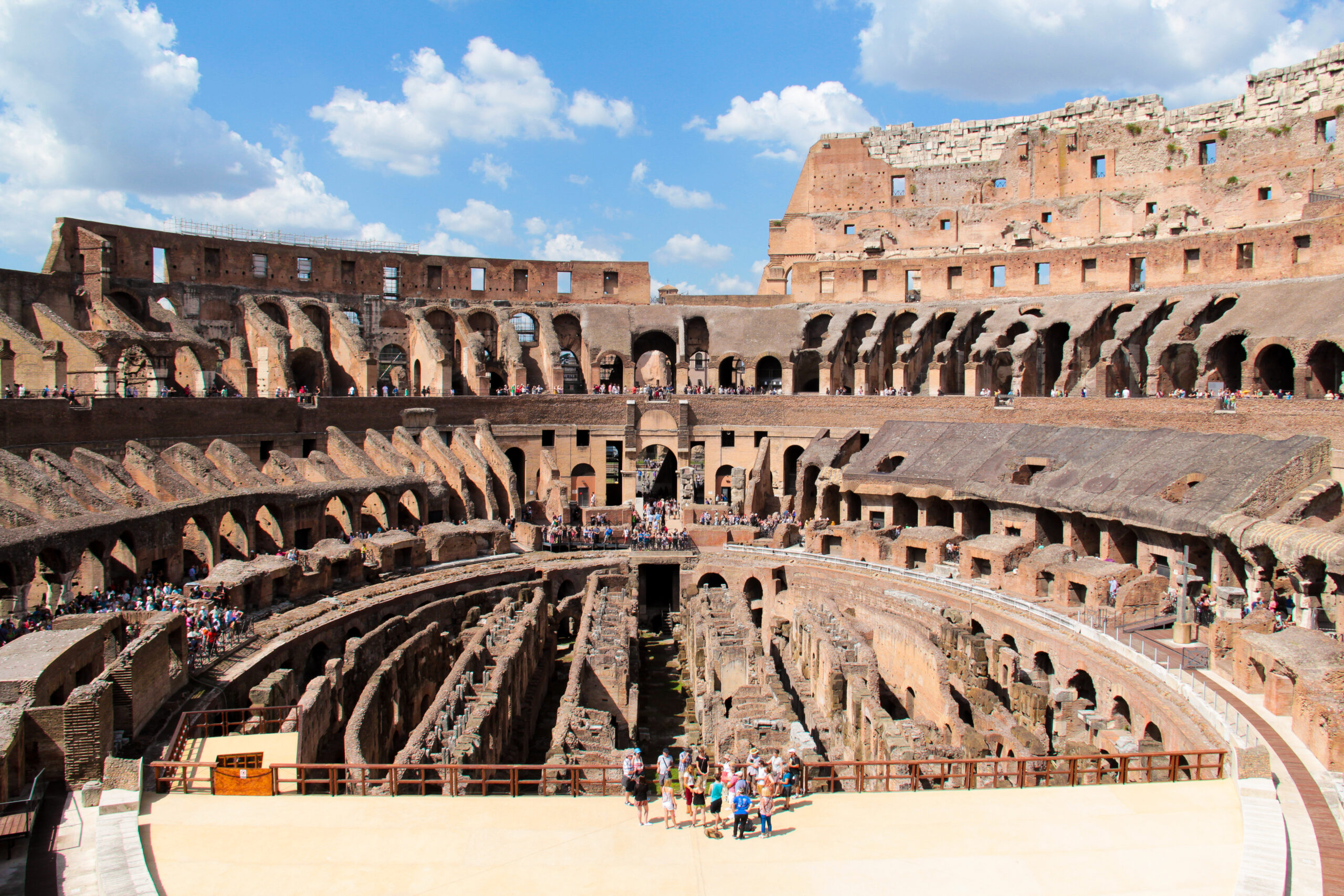
Once you enter the Colosseum, you feel like you’ve been throw back in time. You immediately get the gladiator feeling and you start to imagine how everything looked like in the old Roman Empire. Even though it can be very crowded, it is a unique place to discover. Basically, there are two levels, that you can visit. There are 80 entrances, so you cannot miss it to enter to the inside of the amphitheater.
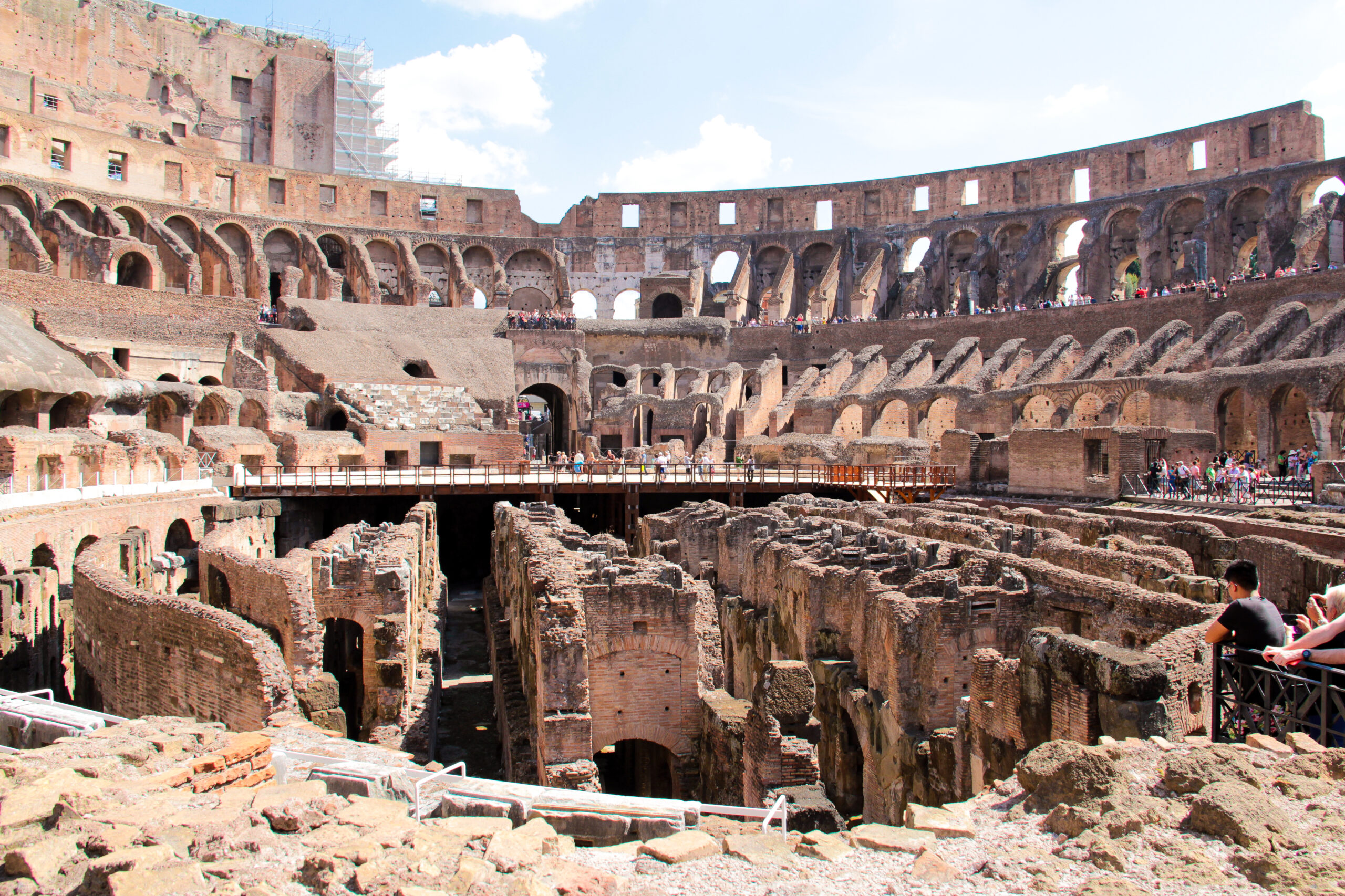
The first floor correspond to the old tribunes, where all the spectators were sitting. You can walk all around the Colosseum and see it from all the different aspects. Inside, in the corridors, there is an exhibition of all the things that they found in the ruins of the Colosseum. It is really amazing, because they found all kind of things like bones of different animals, stones etc.
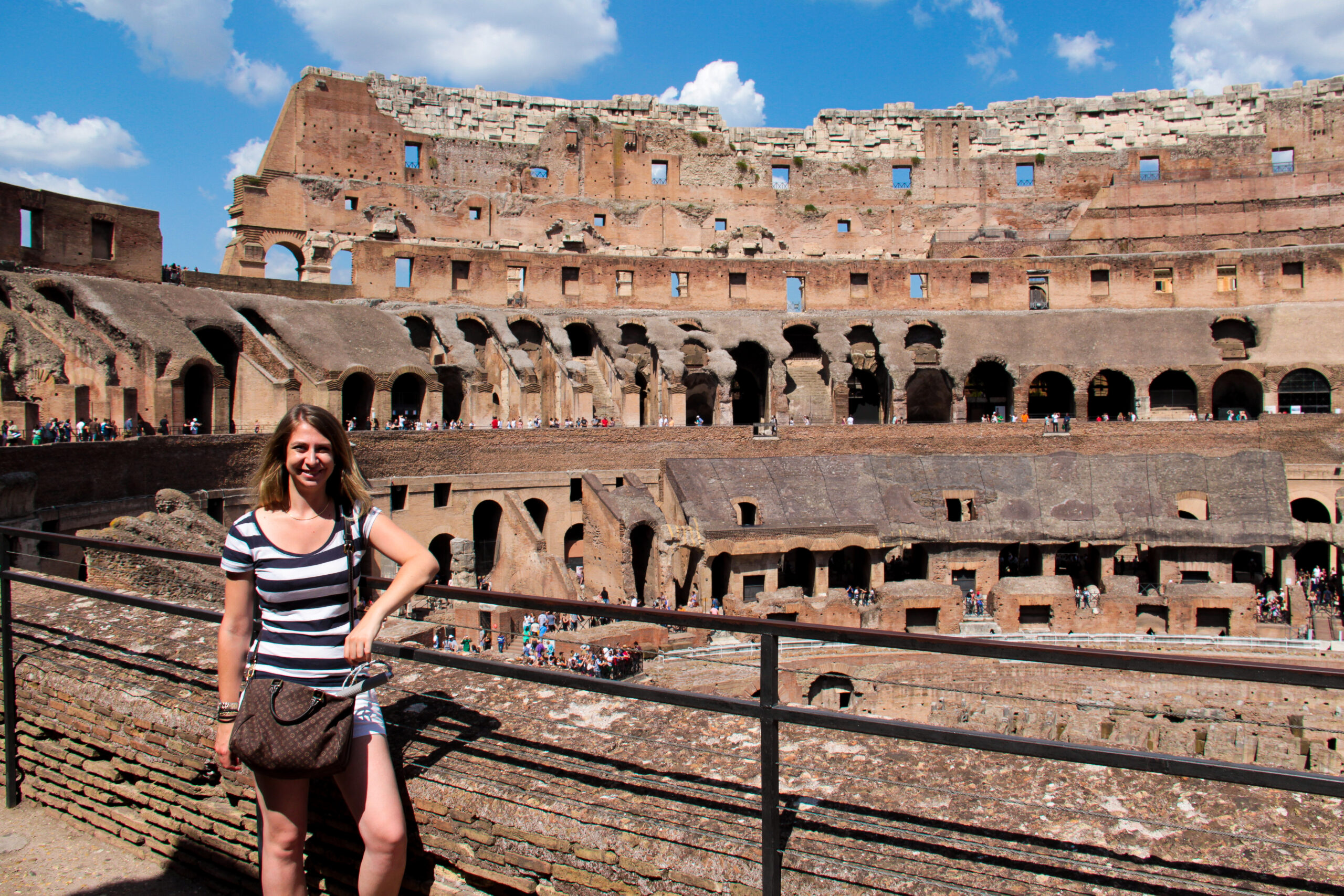
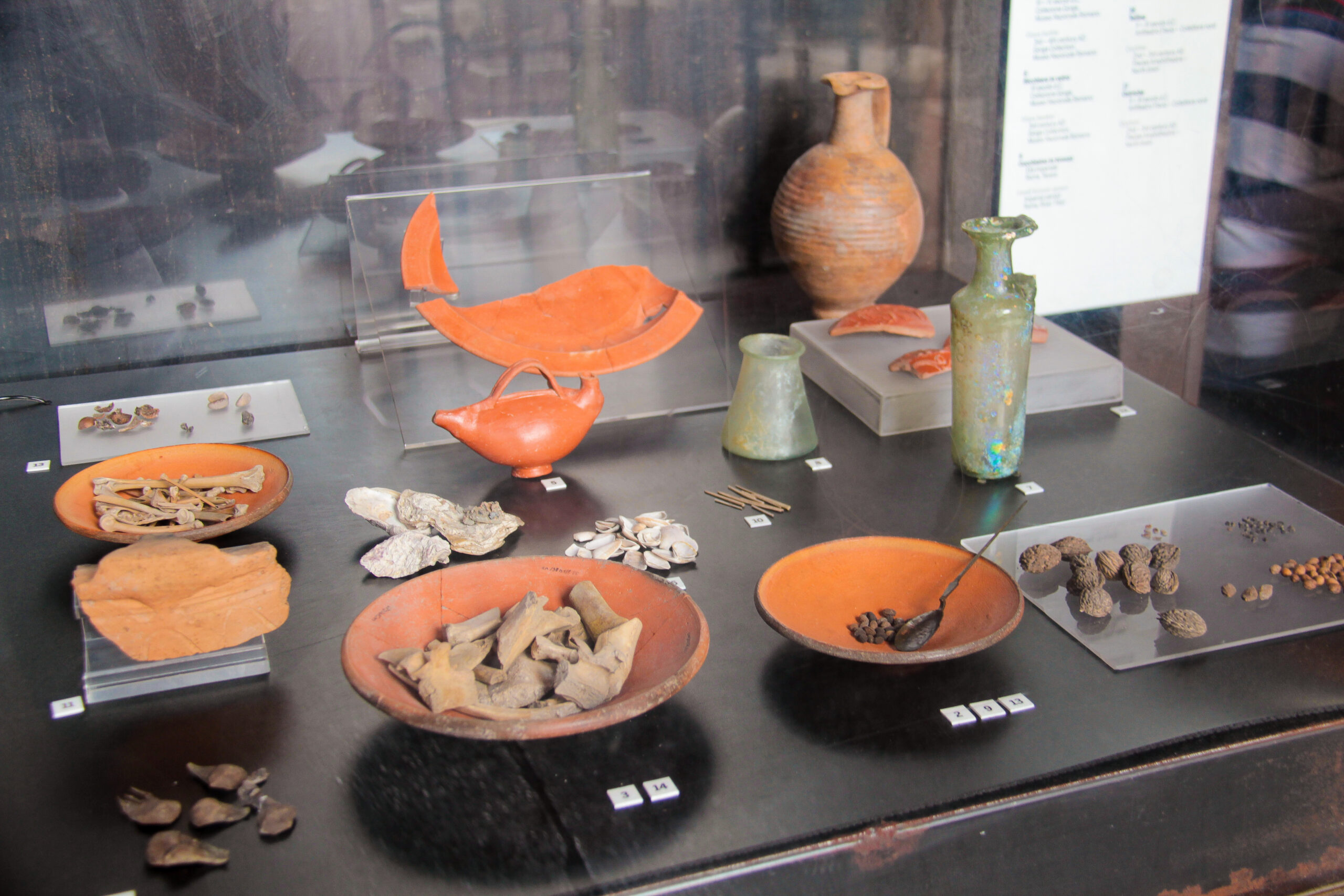
When you are walking around, you will attend a view point, which will give you an amazing view on the Arch of Constantine. This is the biggest triumphal arch in Rome. It is located between the Colosseum and the Palatine Hill.
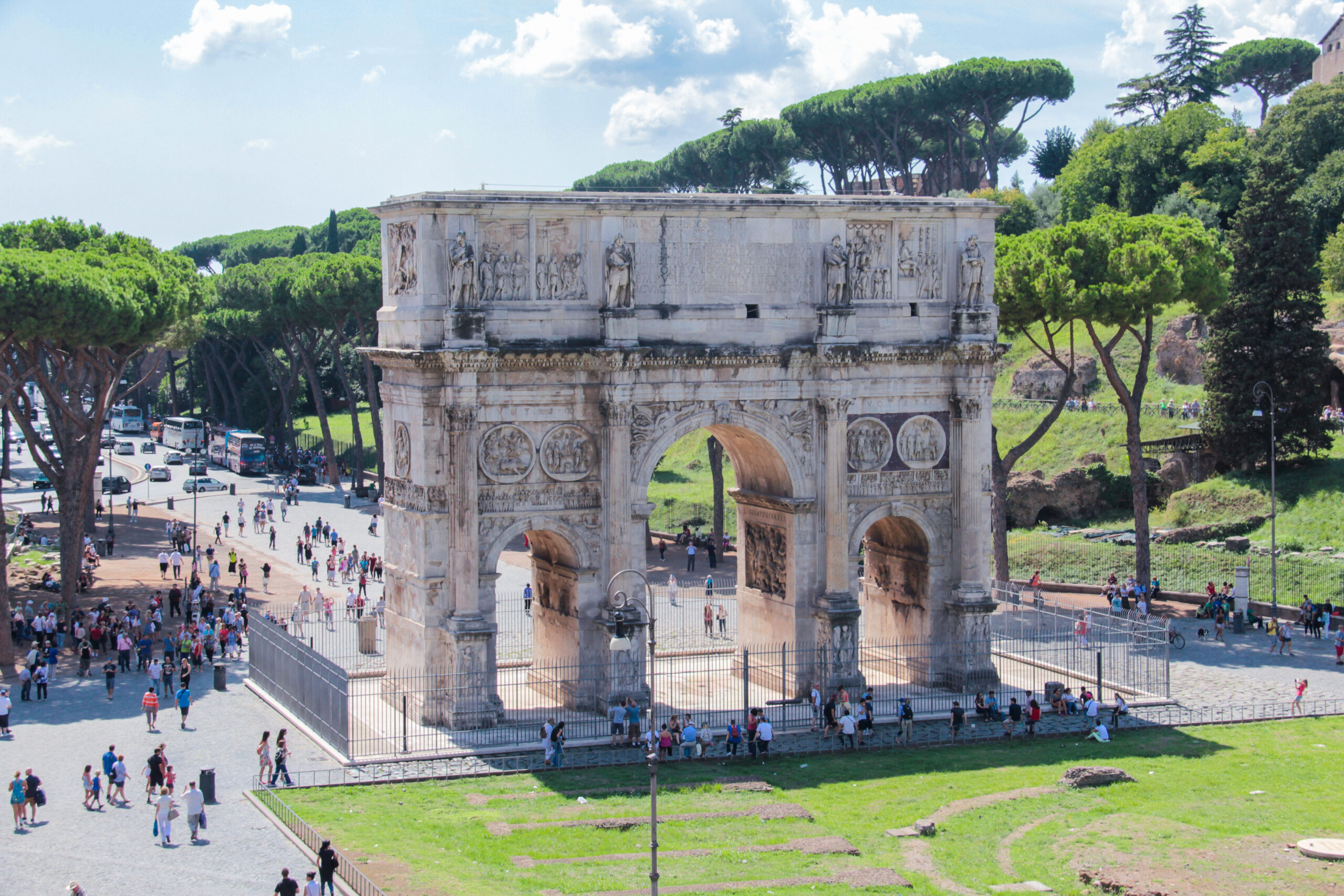
The lower level is basically the place where the battles took place. Again, here you can walk around the Colosseum. At one place, they have removed the platform in the middle and you can have a loot at the cellar of the Colosseum. It is really impressive and breathtaking when you think about how the old population built this huge amphitheater with nothing more as their hands.
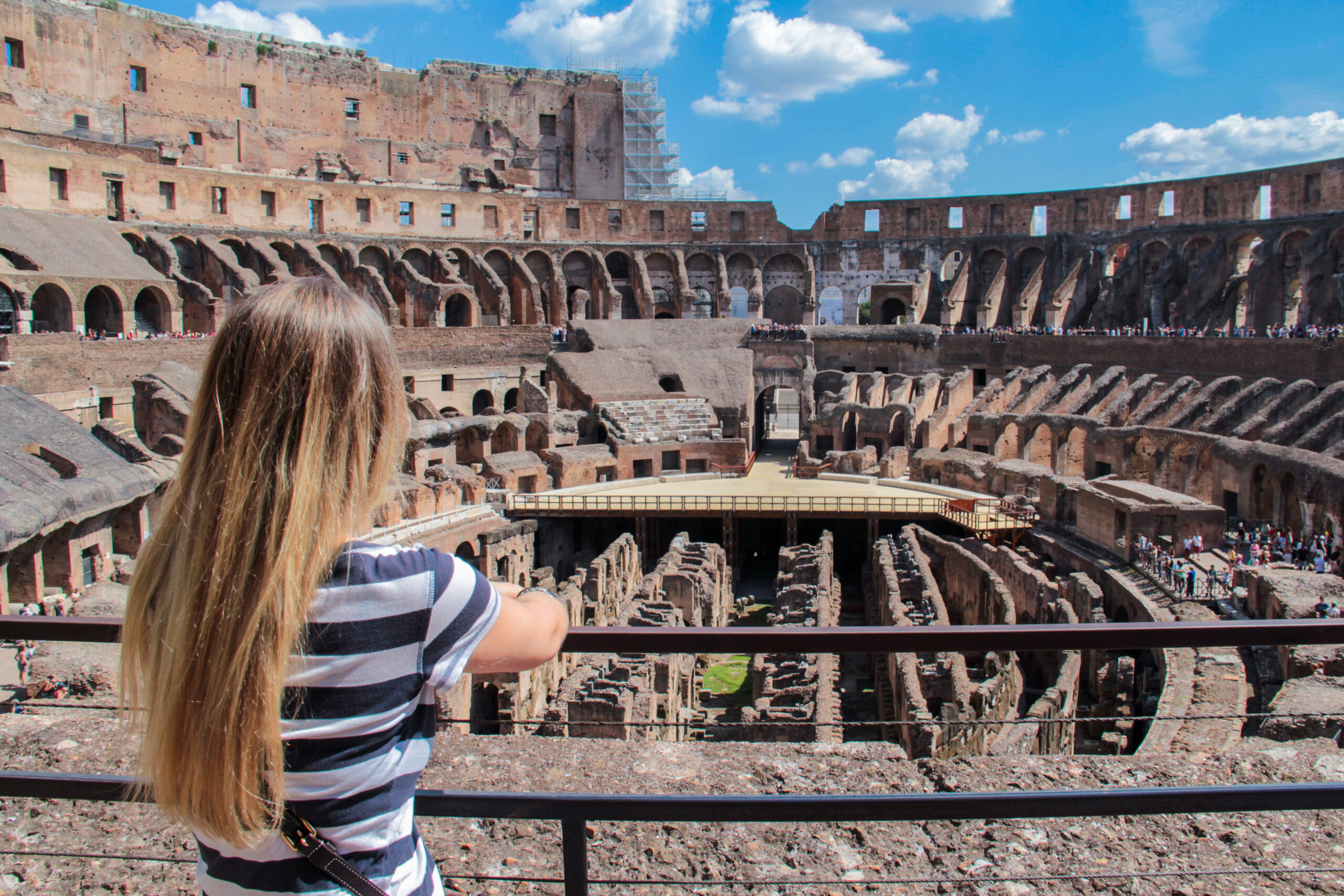
As you can see, I really fell in love with the Colosseum and so I have to recommend you to visit this unique historical site in Rome.
Roman Forum
The Roman Forum was a marketplace and the center of the Roman public life. I purchased a combined ticket for the Colosseum, the Roman Forum and the Palatine Hill.

When you’re visiting the Colosseum, you just cannot miss the Roman Forum, because it is just next to it. It is located in the city center of Rome and so also a main tourist attraction. The Roman Forum is a rectangular forum, which is surrounded by some ruins of old important ancient government buildings.
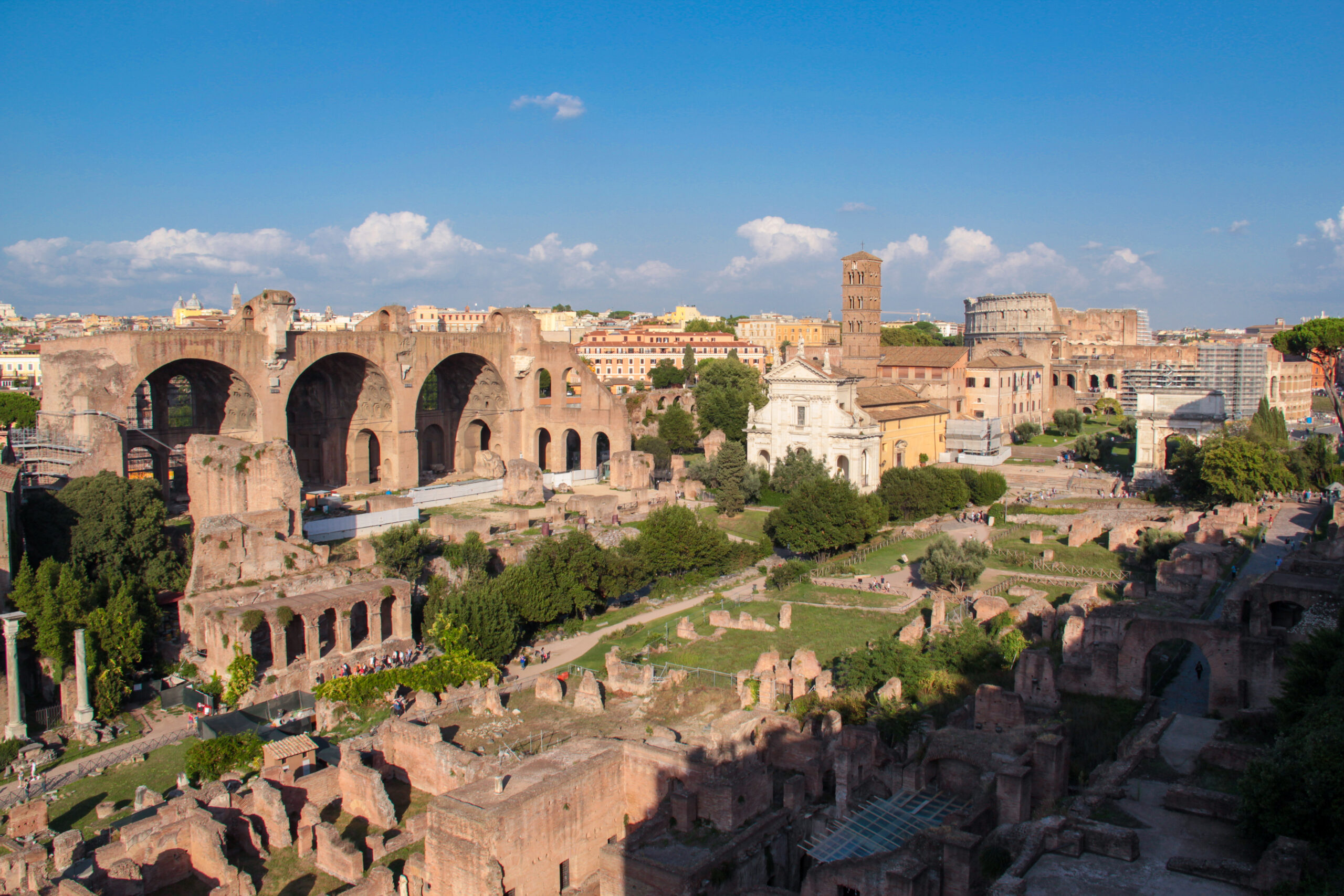
When you enter the site, you immediately see the Arch of Titus. It was built in 82 AD by the Emperor Domitian after the death of his brother Titus. It was meant to commemorate the victories of Titus including the Siege of Jerusalem. That’s why it shows the „Spoils of Jerusalem“ in the inside of the Arch.
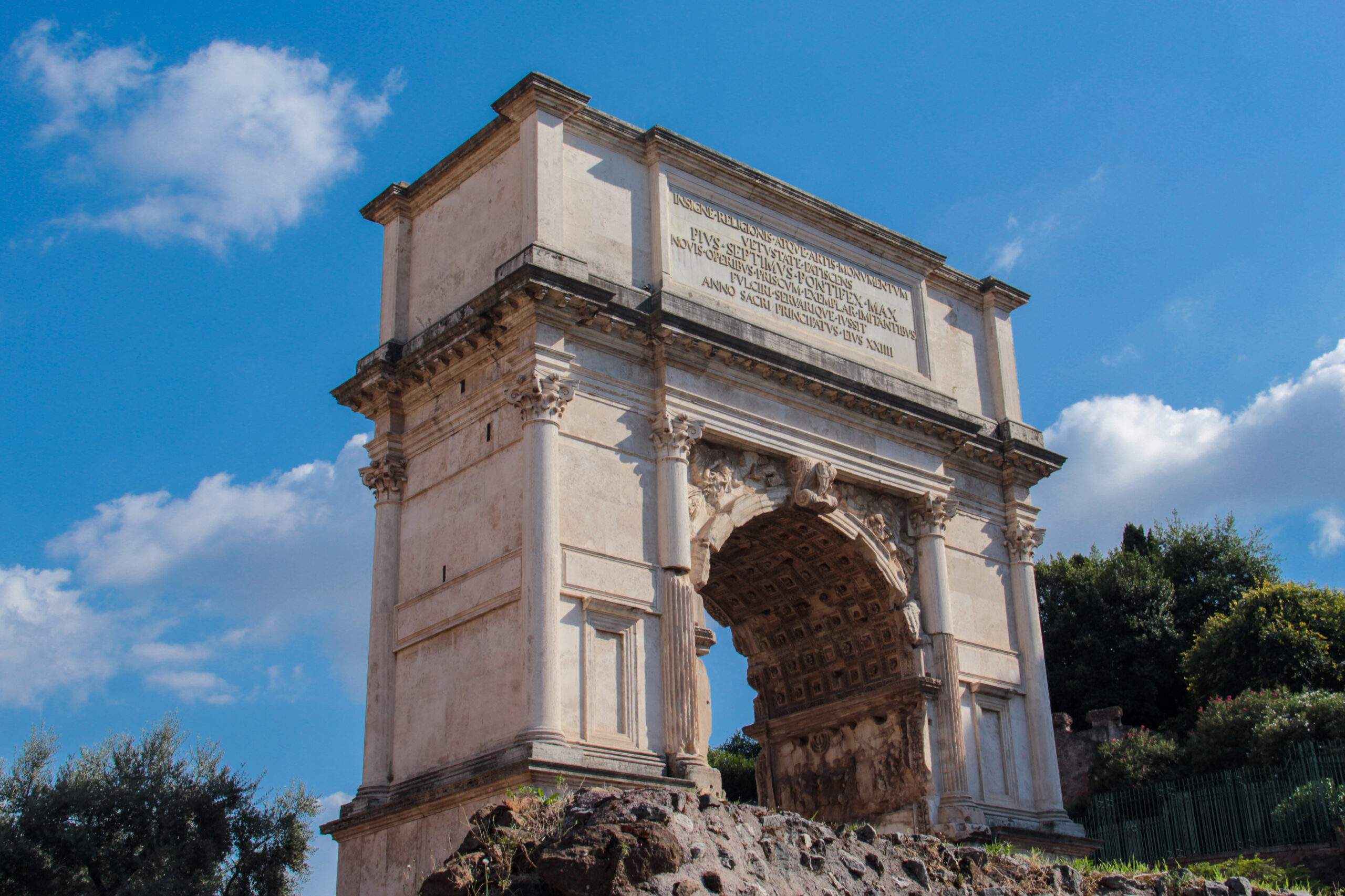
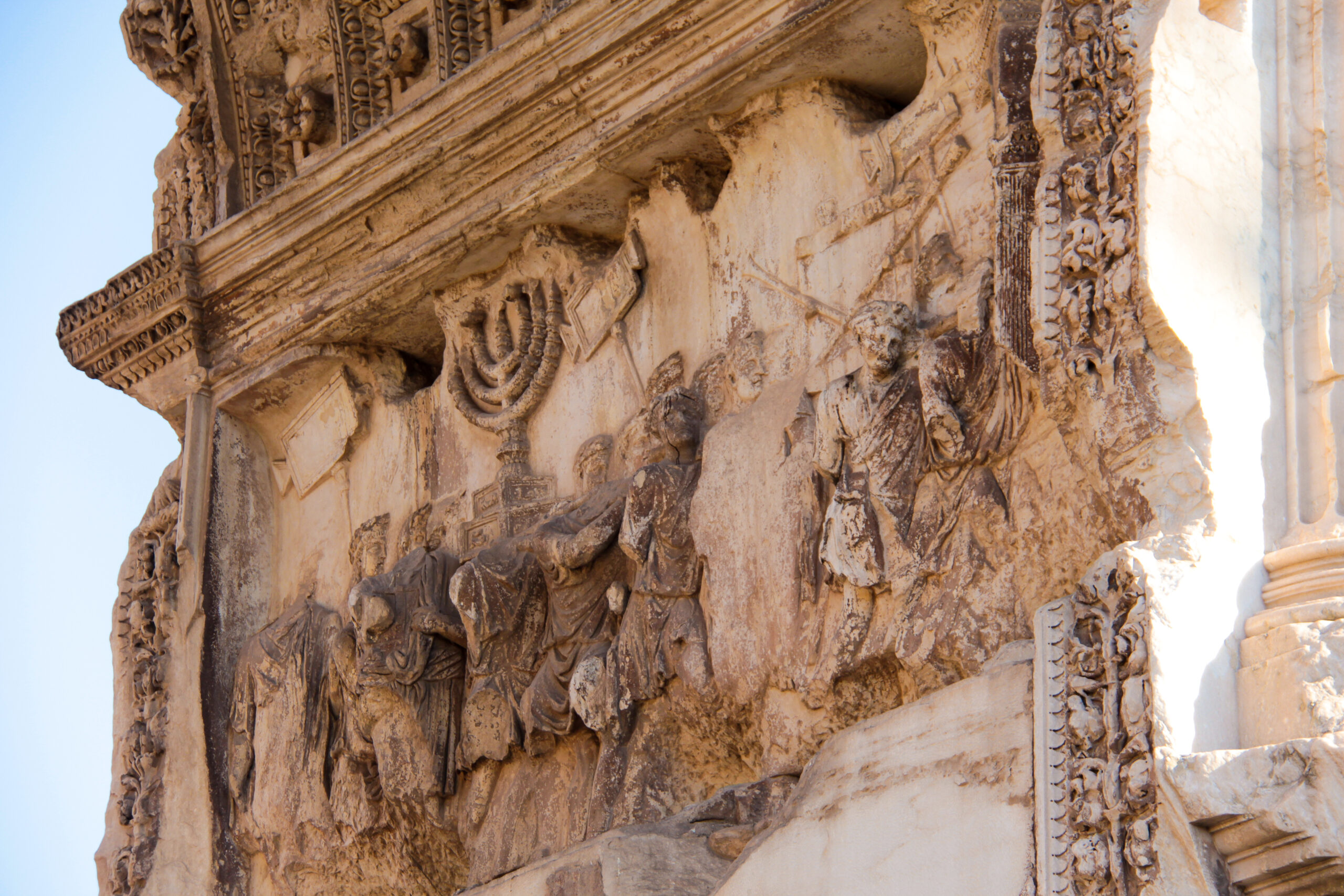
You can walk through the whole Roman Forum with plenty of ruins of old historical buildings. There are a few surviving structures like the Temple of Caesar, the Arch of Septimus Severus etc. But mostly you see only a few remaining stones of that time. For example, you can see the remaining rest of an old church or the Temple of Castor.
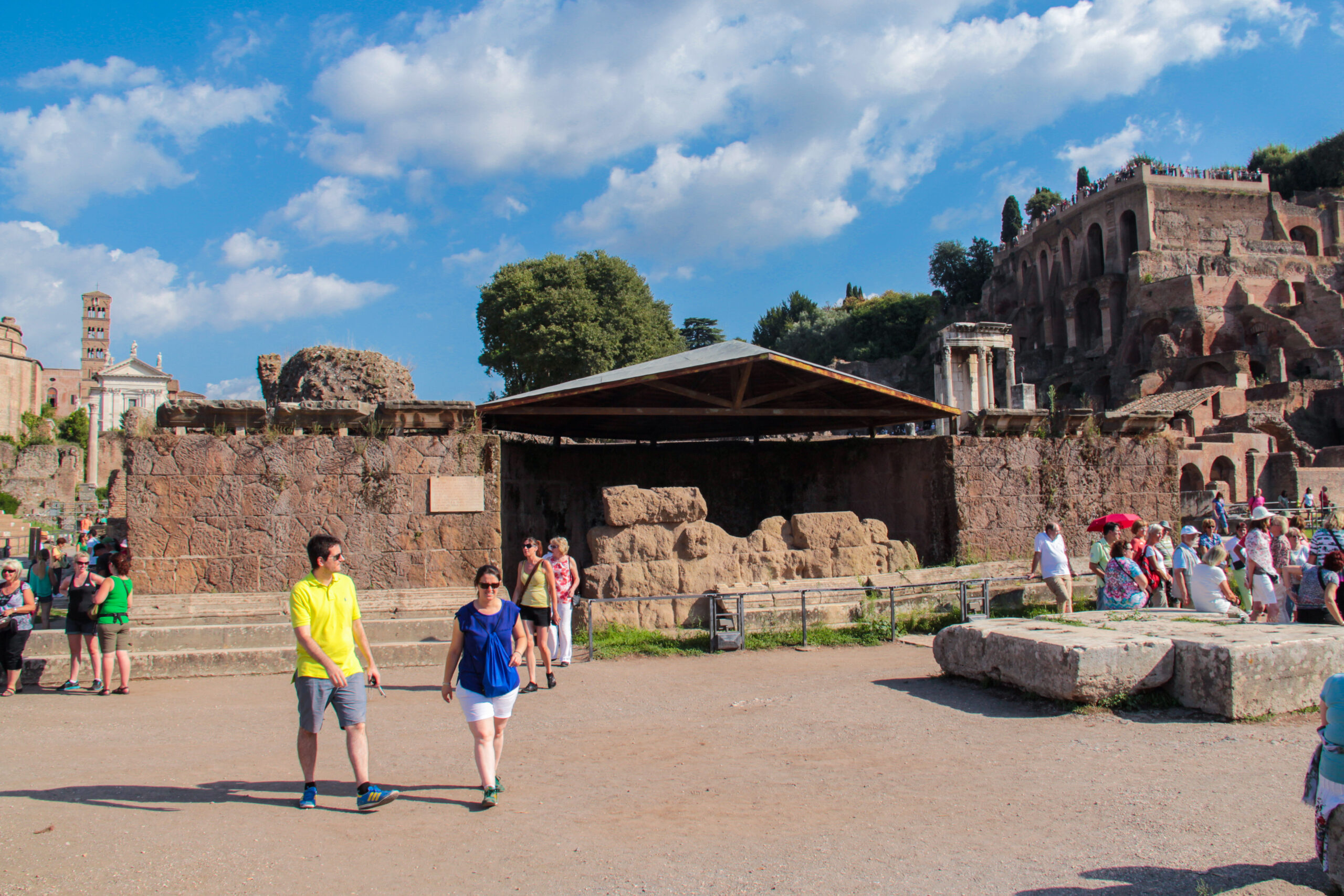
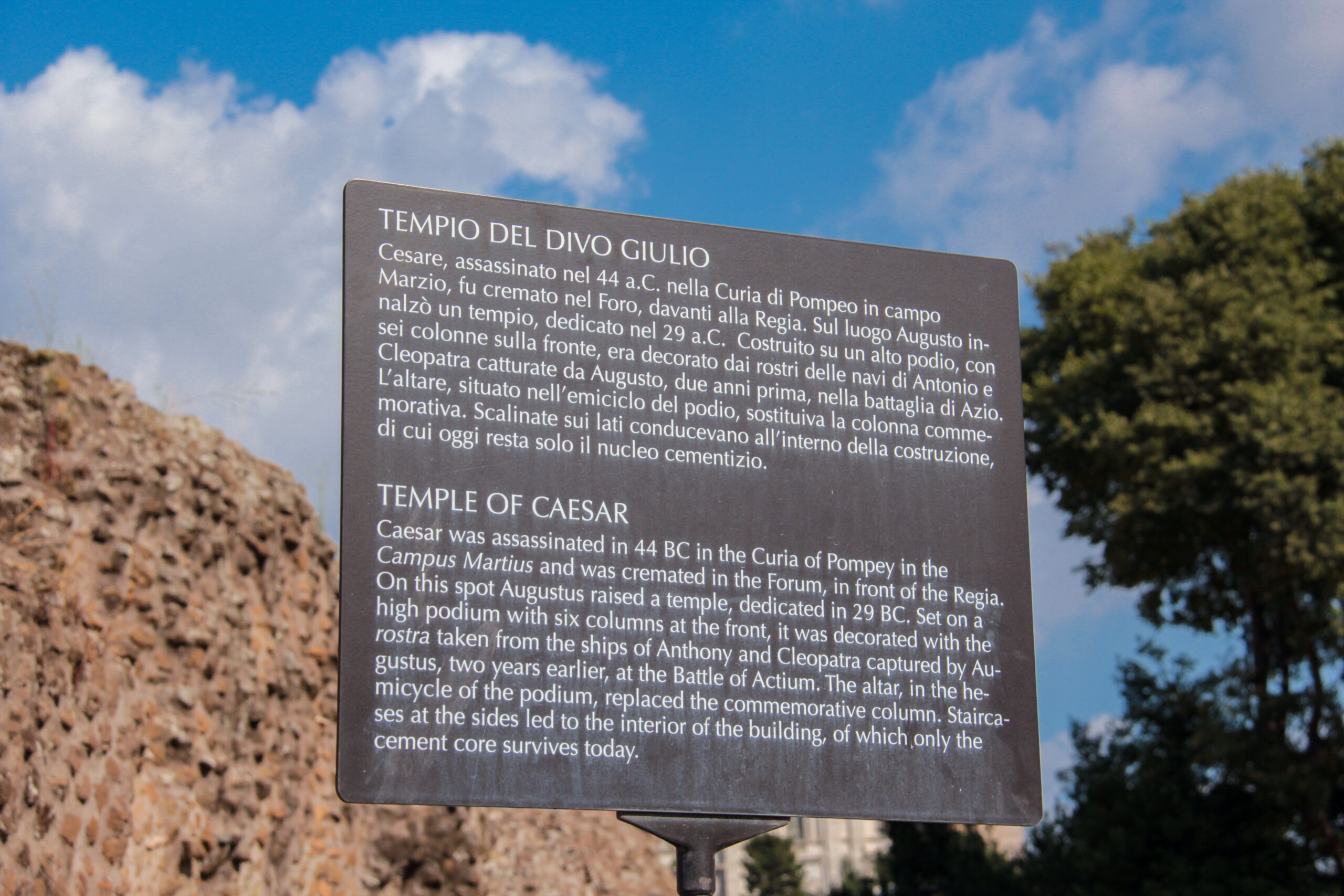
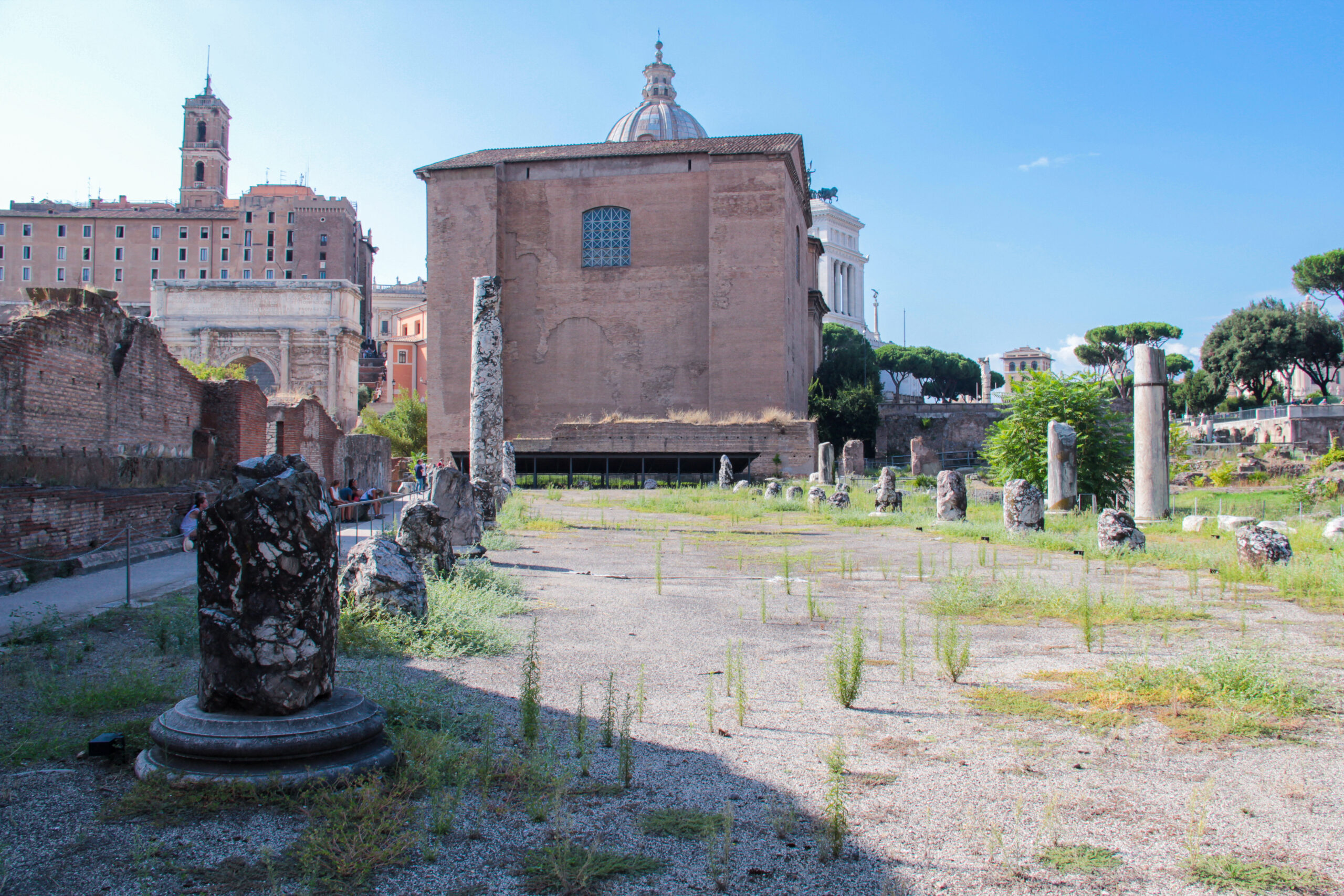
The Roman Forum developed over many centuries. Originally, it was the place for the rich people. Not everyone could participate in that old roman lifestyle. In the Imperial period, the large public place had been reduced from 130 to 50 meters because of the large public buildings.
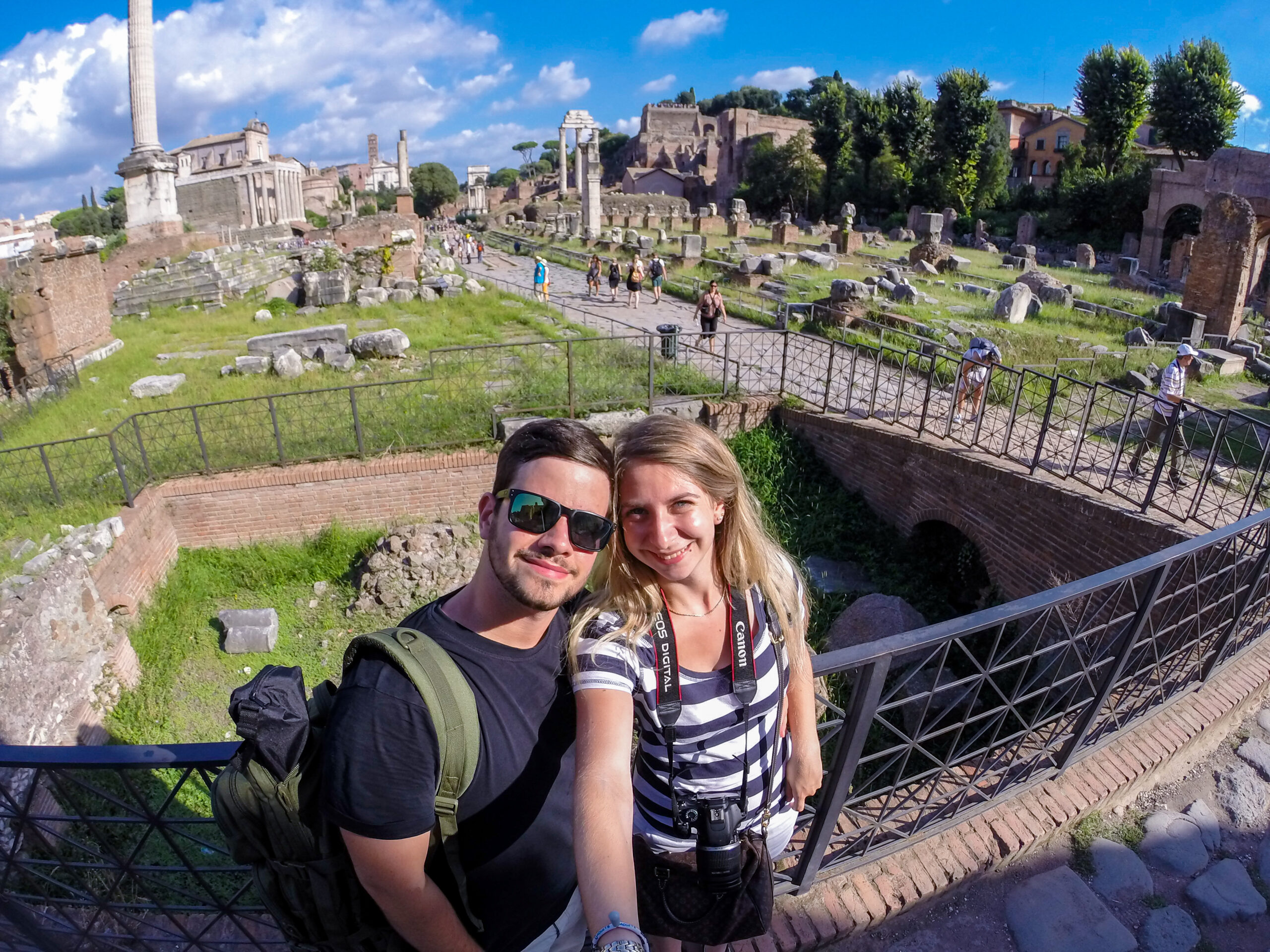
If you’re interested in history, it is an absolutely must do in Rome, but even if you’re not so historical, it is absolutely worth it to visit. It shows how people lived there a long time ago, which is really amazing and impressive how they built up that empire without modern technology, but just by using their hands.
Palatine Hill
The Palatine Hill was the third attraction, which was included in the combined ticket. It is one of the Seven Hills of Rome and one of the most ancient parts of the city. It is located just next to the Roman Forum, but 40 meters above it. On the one side, you can look down on the Forum Romano, and on the other side on the Circus Maximus, which was an ancient Rome chariot racing stadium and mass entertainment venue in Rome.
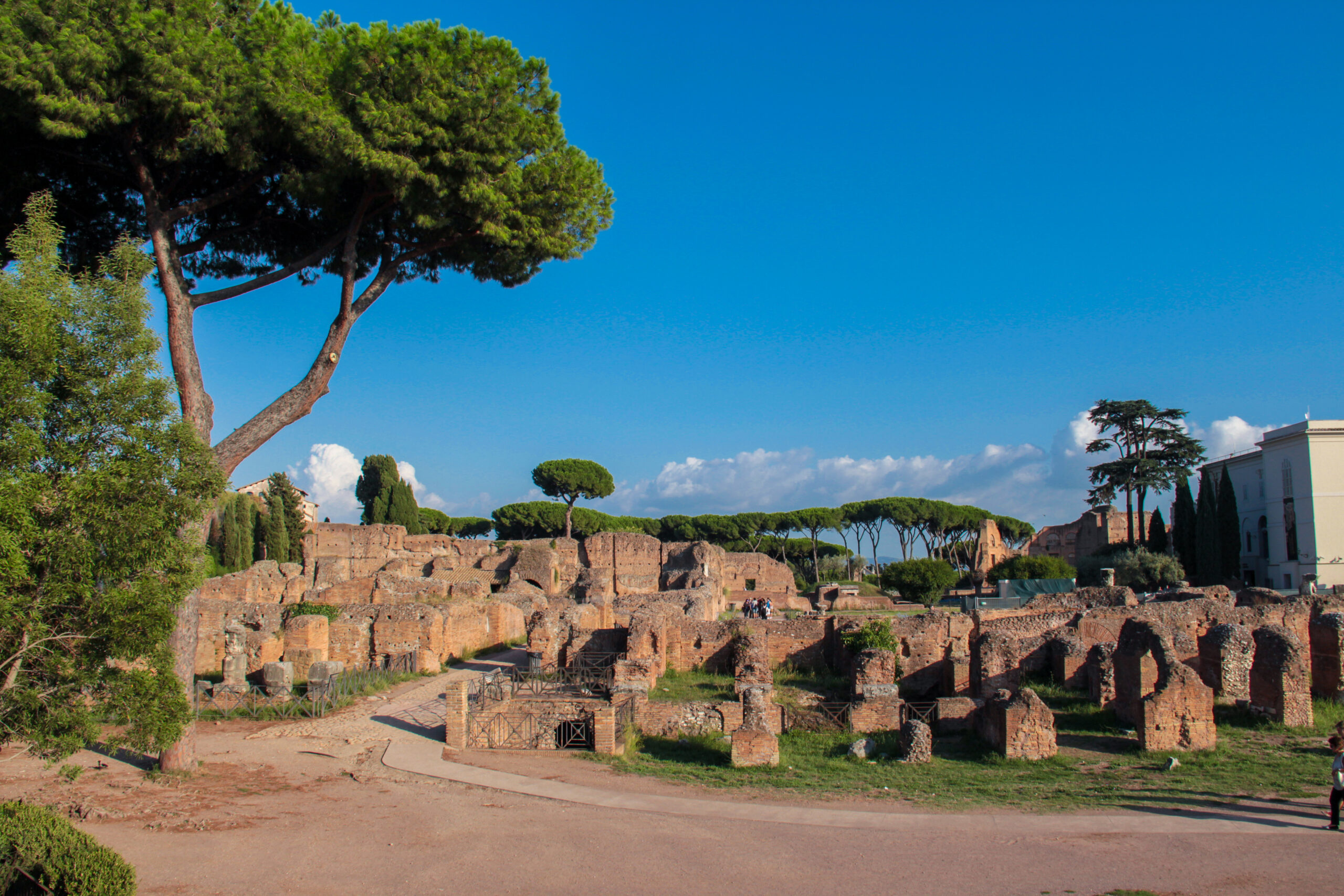
The Palatine Hill was extremely important for Rome, because it is there, where it has its origins. Recent excavations have shown that since approximately 1000 BC, people lived on that hill. During all the different Roman periods, it had always been the residence of many affluent Romans.
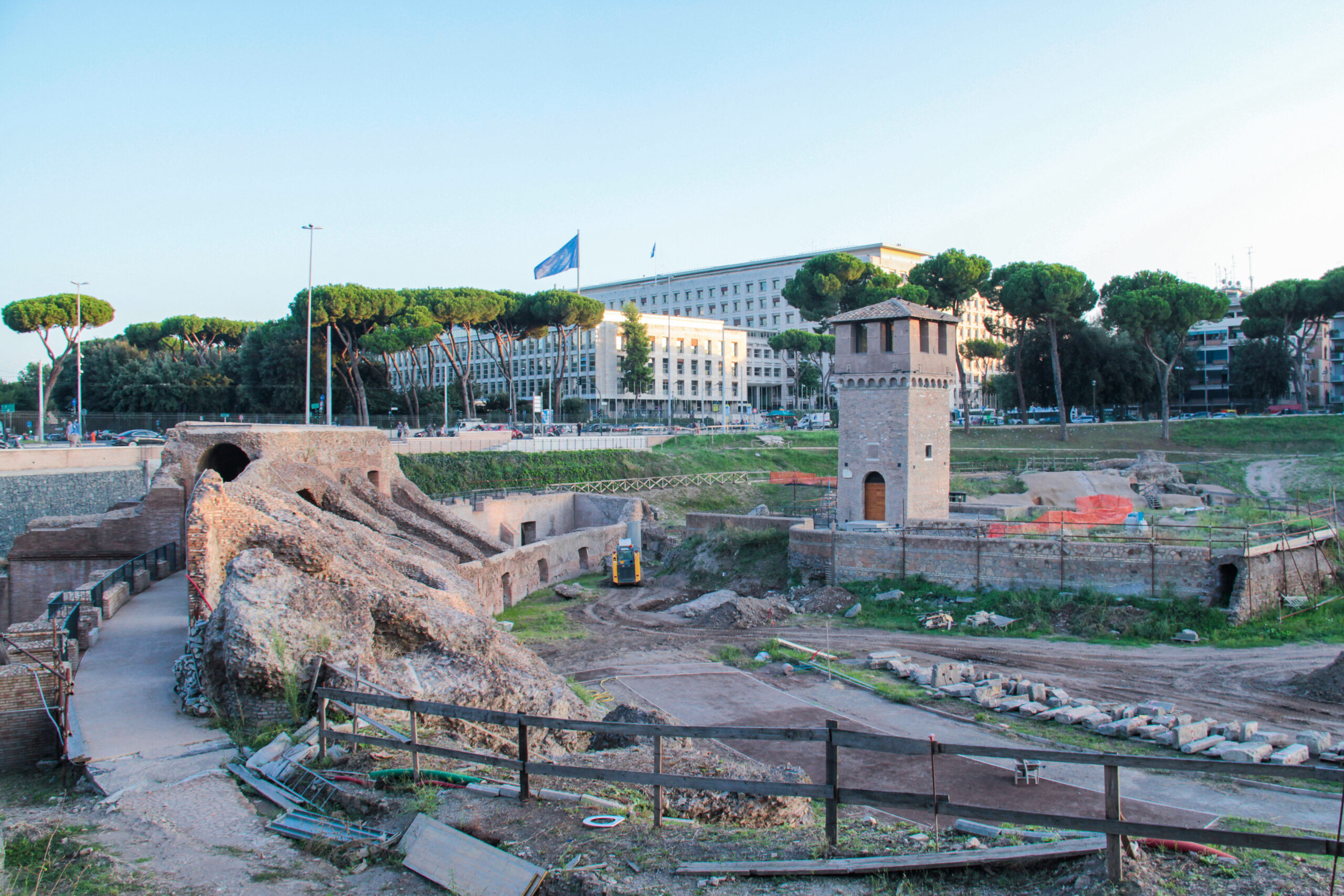
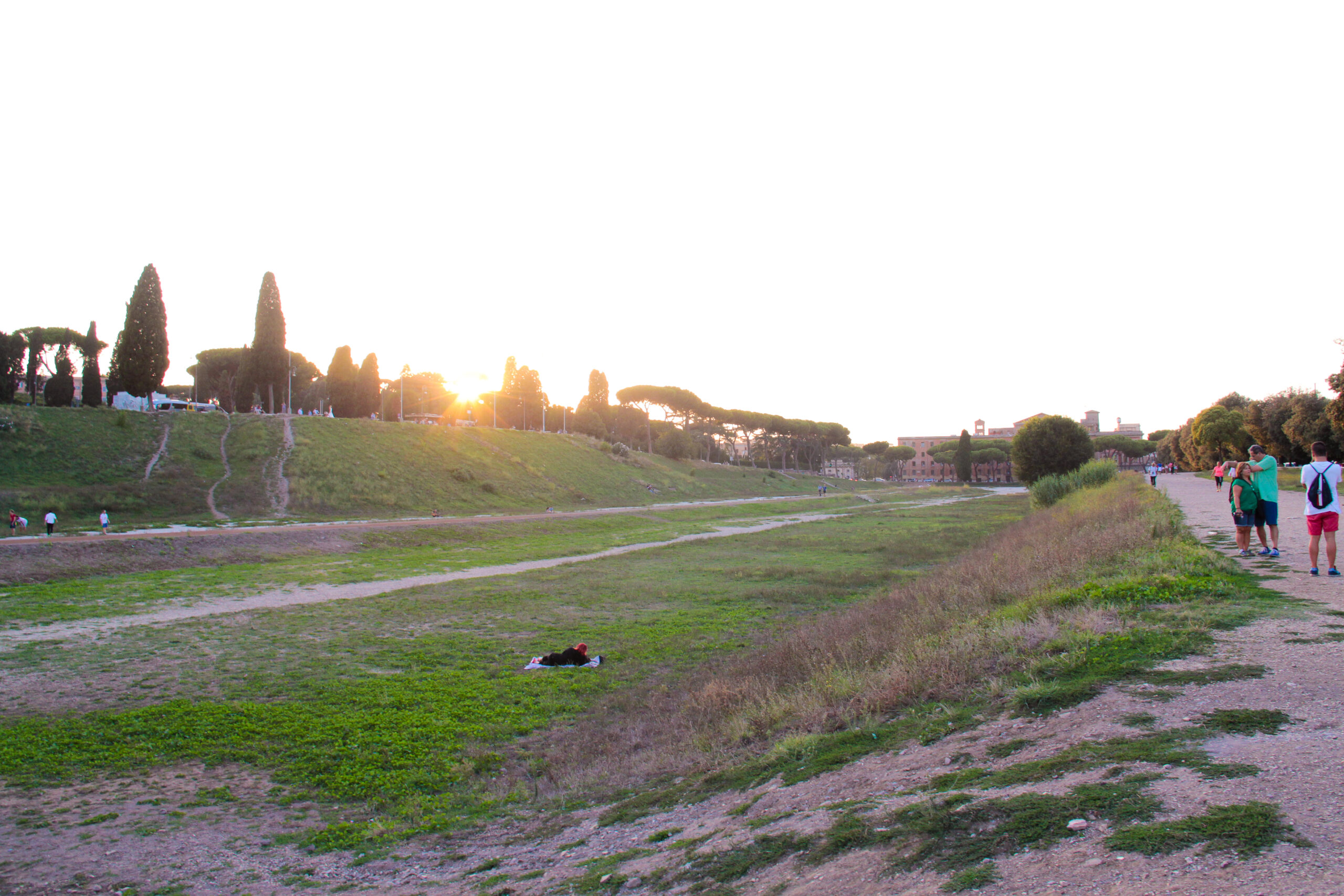
According to the Roman mythology, the Palatine Hill was the place where Romulus and Remus were found by the she-wolf Lupa, which kept them alive. They both killed their great uncle and decided to build a new city on the banks of the Tiber river. They had an argument and Romulus killed its twin brother Remus. Rome got its name from Romulus.
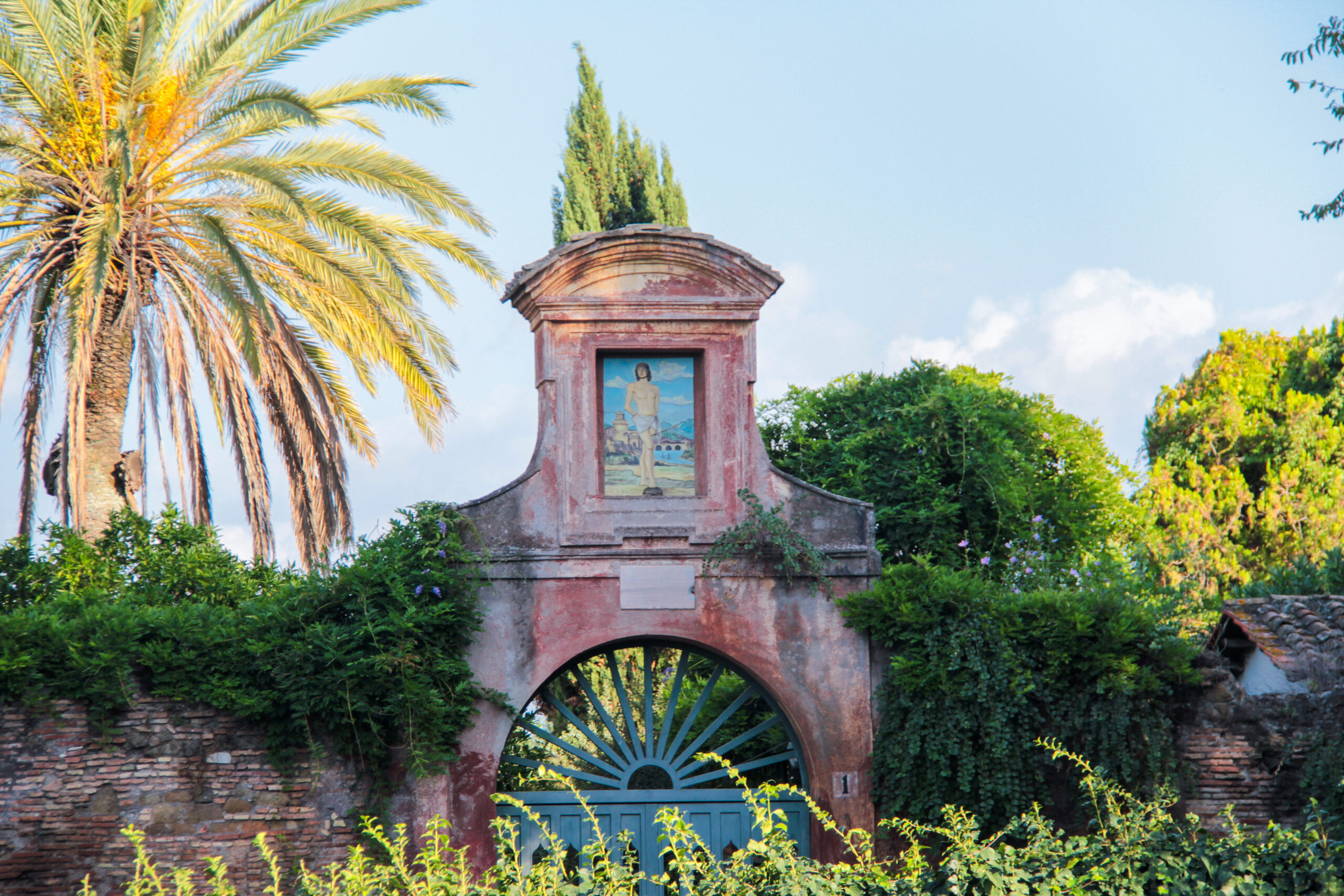
Be sure to have a lot of time while visiting the Colosseum, the Roman Forum and the Palatine Hill, because it will take you a whole day. I’m sure there is a lot more to discover but at the end, we had to hurry up, because they were closing the Roman Forum. Up on the Palatine Hill, there are so many different things to see and discover. There are a lot of viewpoints, where you have amazing views over Rome. I was even surprised by some rabbits, which were hopping freely around.
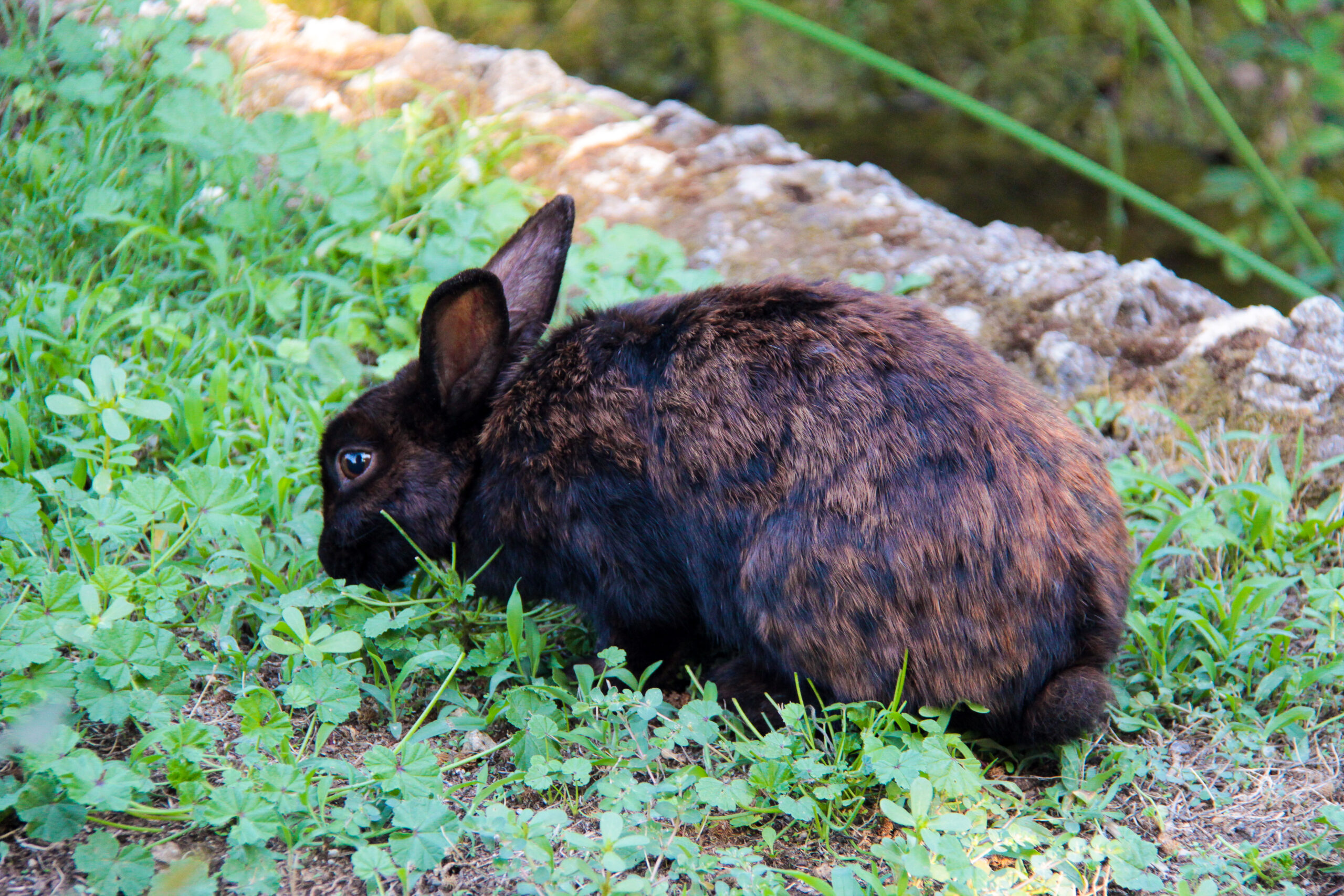
Just like the Colosseum and the Roman Forum, I can only recommend the Palatine Hill, not just because it’s in the combined ticket, but because of its historical meaning to our Western civilization. Here is the link to the combined ticket, which I bought in advance.
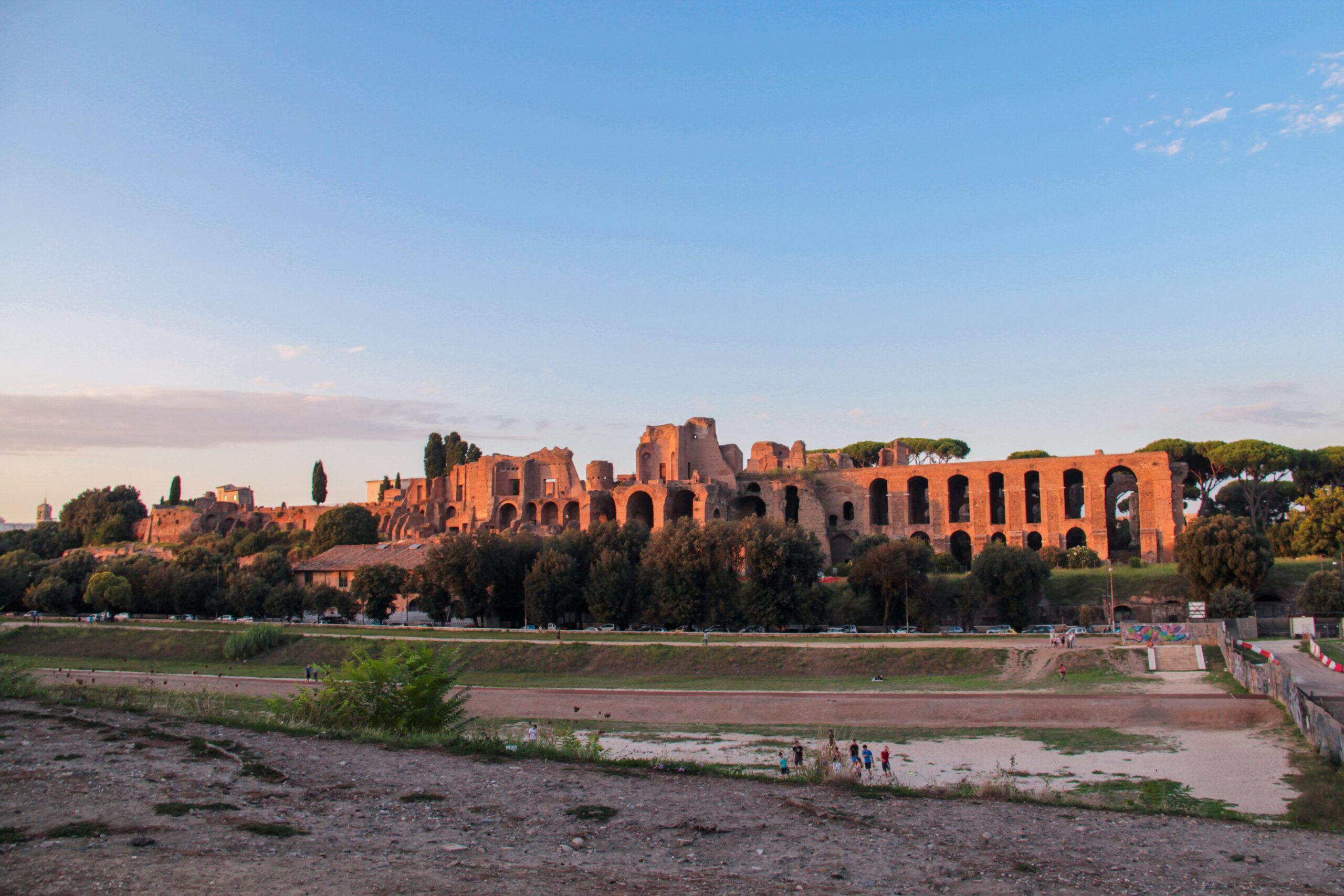
Pantheon
The Pantheon was built in 118 to 128 AD. It is one of the best preserved of the ancient Roman buildings because it has always been in use. It is located on the Piazza della Rotonda. Its name comes from the Ancient Greek and means something like „common to all the gods“.
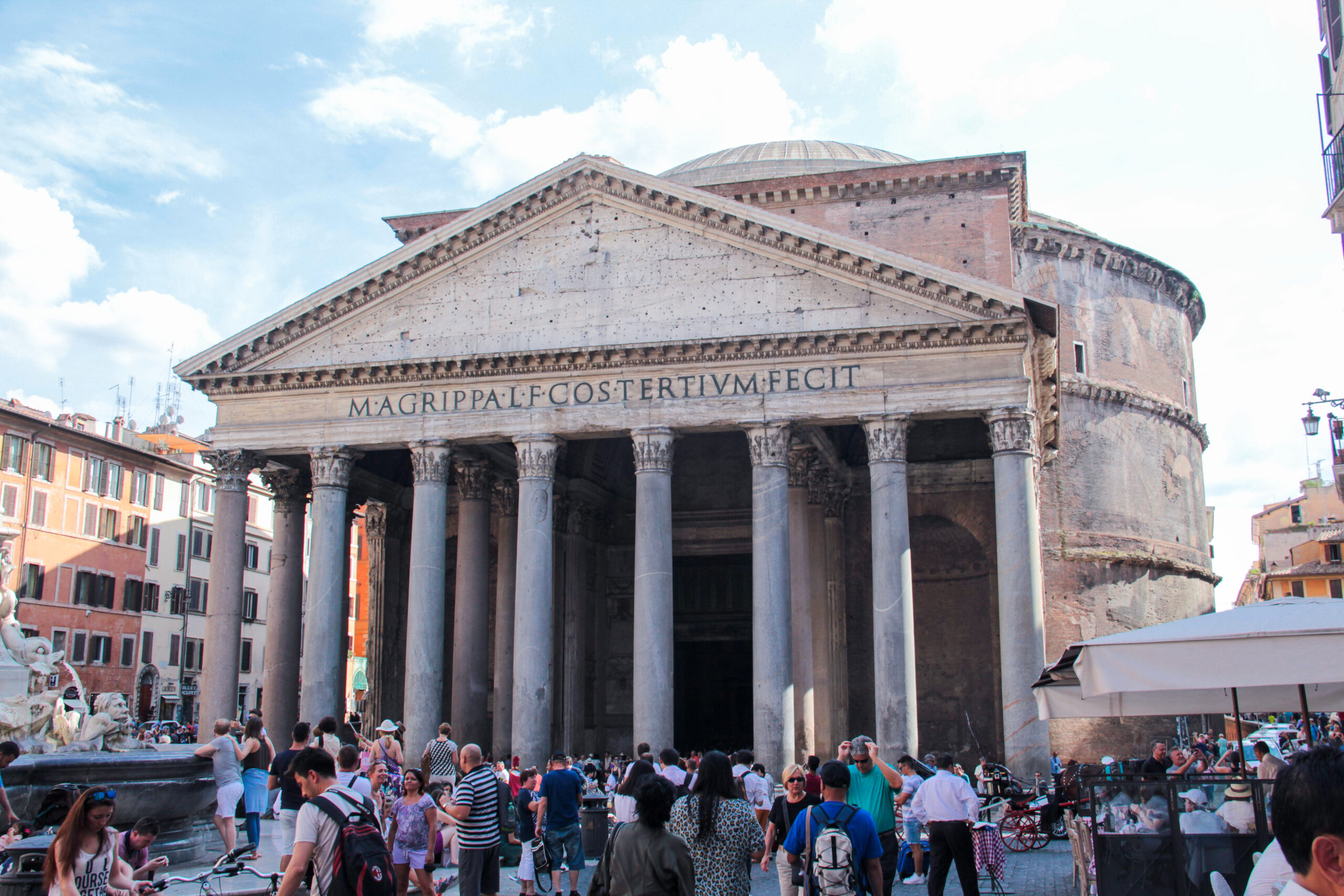
Today, the Pantheon is used as a Catholic church and there are also masses, which are celebrated there. There are two kings of Italy who are buried in the Pantheon. On the one hand Vittorio Emanuele II and its Queen Margherita and on the other hand Umberto I. Emanuele II had been the first King of Italy until his death in 1878. He had the name Father of the Fatherland from the Italian people.
The inside of the Pantheon is really amazing. There is a hole in the top roof, which is called oculus. Basically, the oculus at the dome’s apex and the entry door are the only natural sources of light in the interior, because there are no windows. Through the whole day, the light from the oculus moves around because of the moving of the sun. This oculus serves also as a cooling and ventilation system, but during storms, a drainage system on the floor is dealing with the rain, which falls through the hole in the dome.
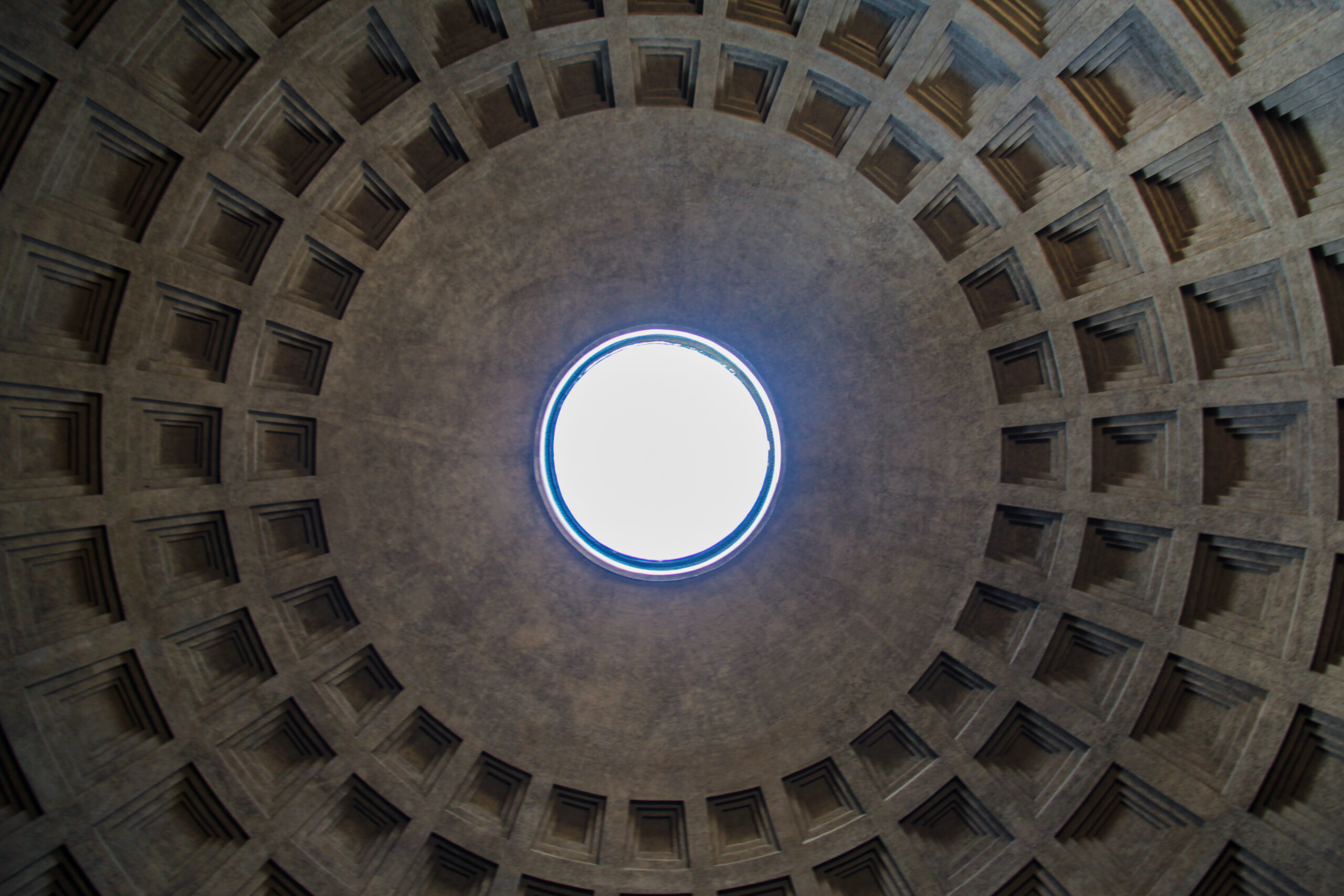
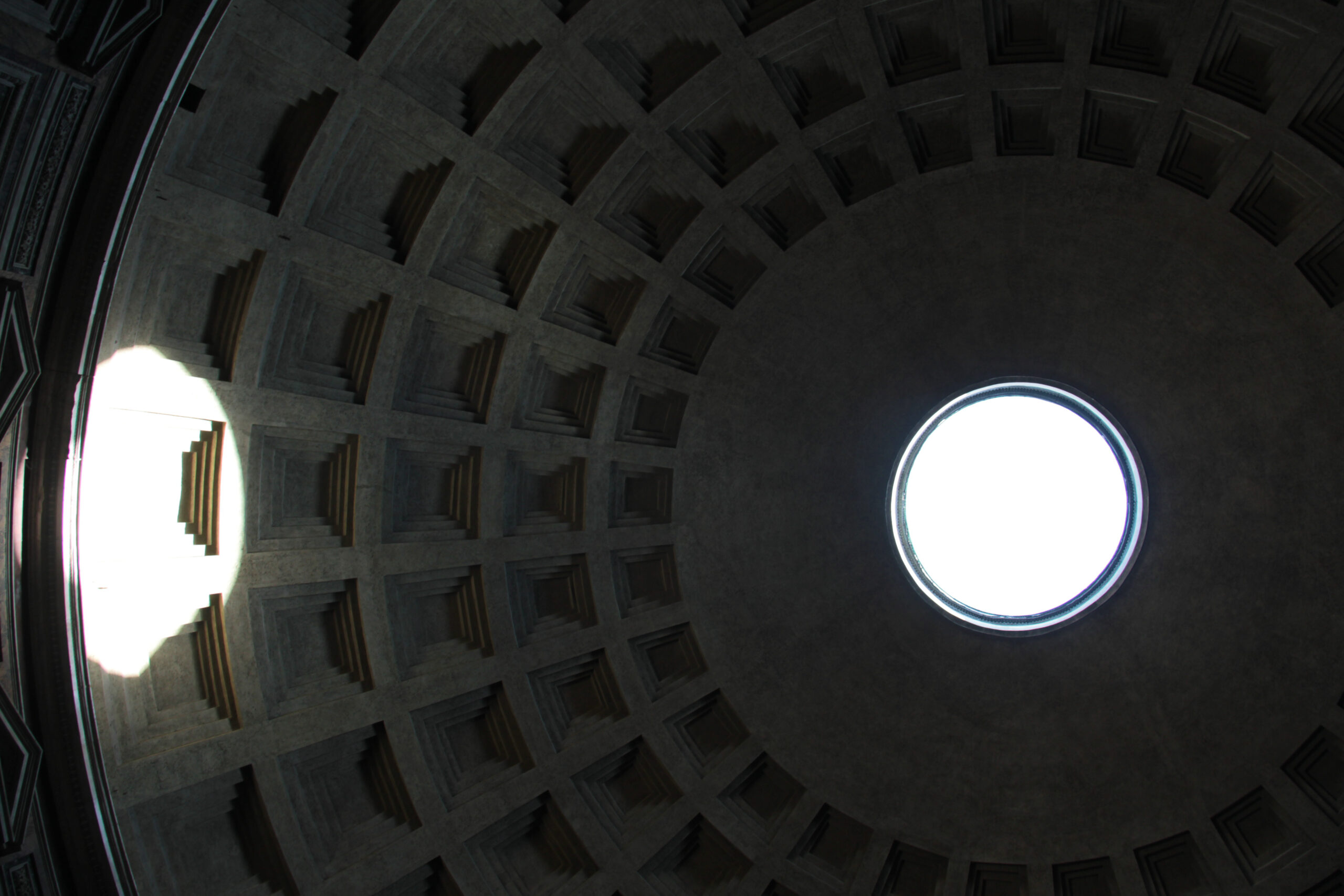
When you have enough time, just take a seat in the Pantheon and observe everything. You will get a lot of different impressions. It is a pity that people nowadays are always in a rush.
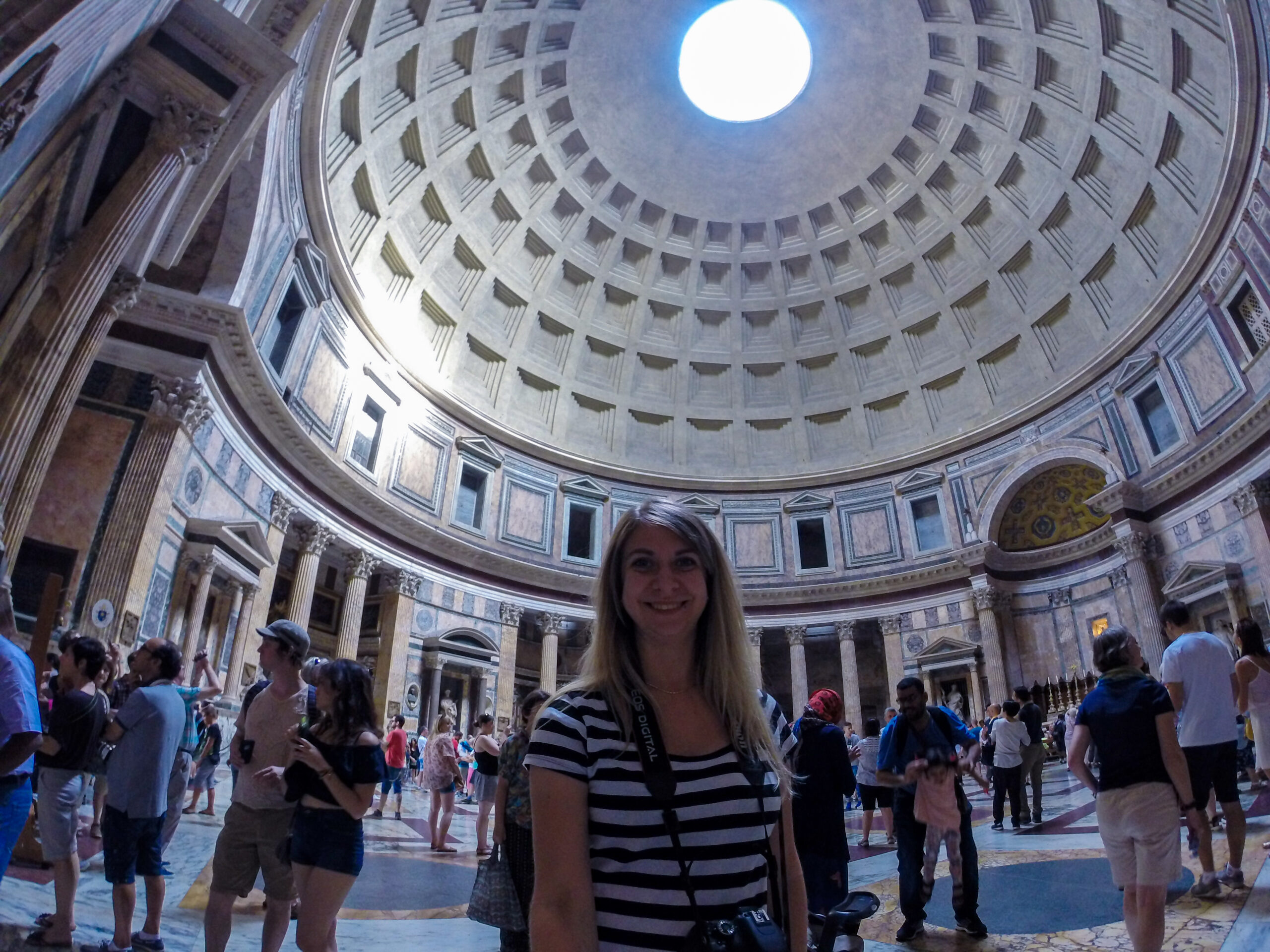

Spanish Steps
The Spanish Steps are a very famous tourist attraction in Rome. In Italian, they are called Scalinata di Trinità dei Monti, because they are located between the Piazza di Spagna on the one hand and the Piazza Trinità dei Monti on the other hand. Basically, they are composed of 135 steps and they were created in 1723 to 1725 to link the Bourbon Spanish Embassy with the Trinità dei Monti church.
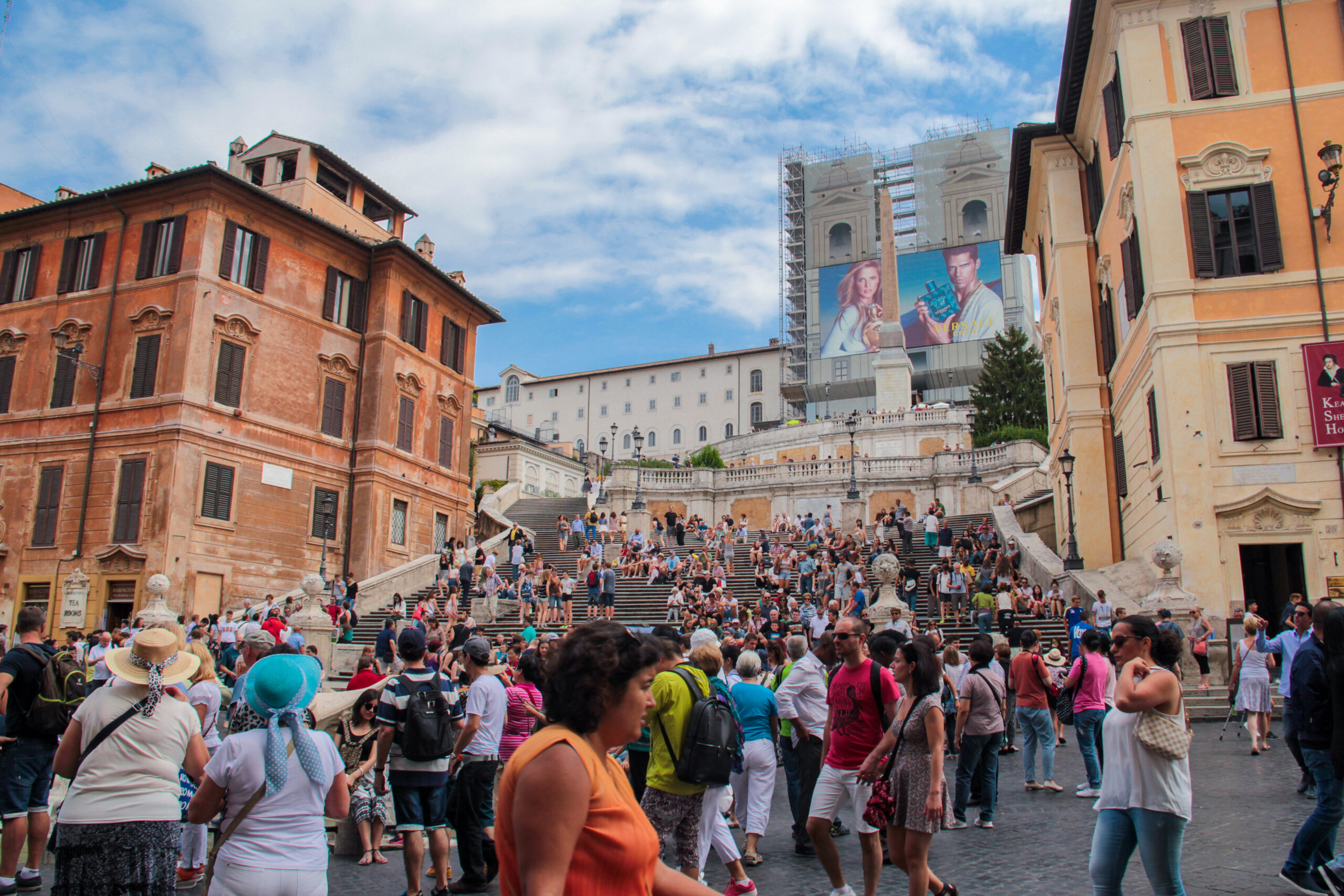
It was quite interesting to see those Spanish Steps but I really don’t understand the hype around them. Perhaps I missed something, but they are like normal steps that you’ll find in every city. I mean, they are really famous, they were in a lot of films and even mentioned in songs, but nothing in comparison with the Colosseum or the Roman Forum.
When you are at the Piazza di Spagna, and walk straight into the street vis-à-vis the Spanish Steps, you’ll find a lot of shopping streets with really nice shops. I really liked that, because there were a lot of shops that we don’t have in Luxembourg. After visiting the Spanish Steps, you can do a little bit of shopping.
Although I wasn’t so impressed by the Spanish Steps, you should put them on your list in Rome and walk them up and down once in your lifetime.
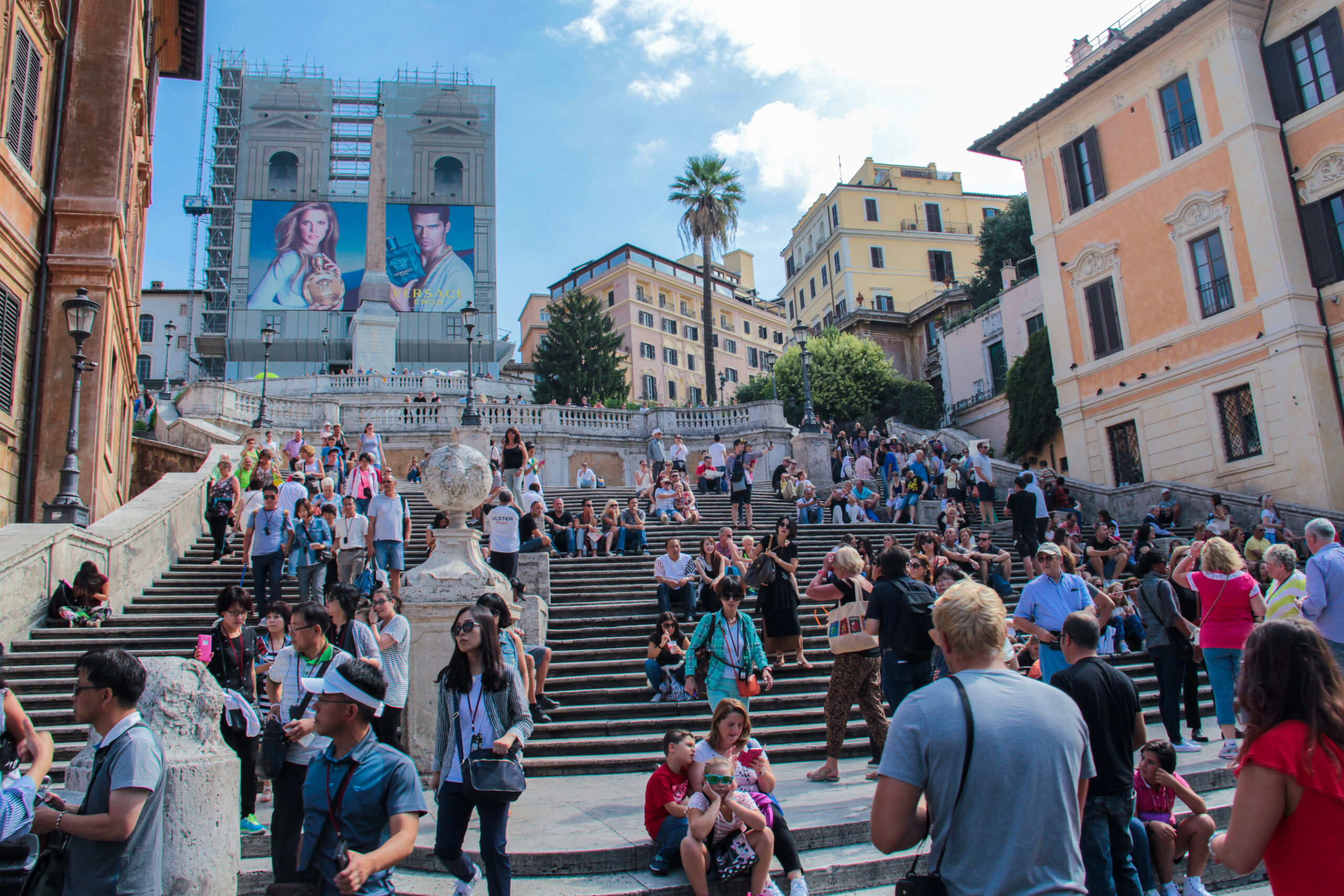
Trevi Fountain
Another well-known and famous tourist attraction is the Fontana di Trevi, as the Italian would say. It got its name from the district in Rome where it is located. It is the largest baroque fountain in the city with 26,3 meters (86 ft) of height and 49 meters (161,3 ft) of width. This public fountain, which was built in 1762, is today one of the most famous fountains in the world.
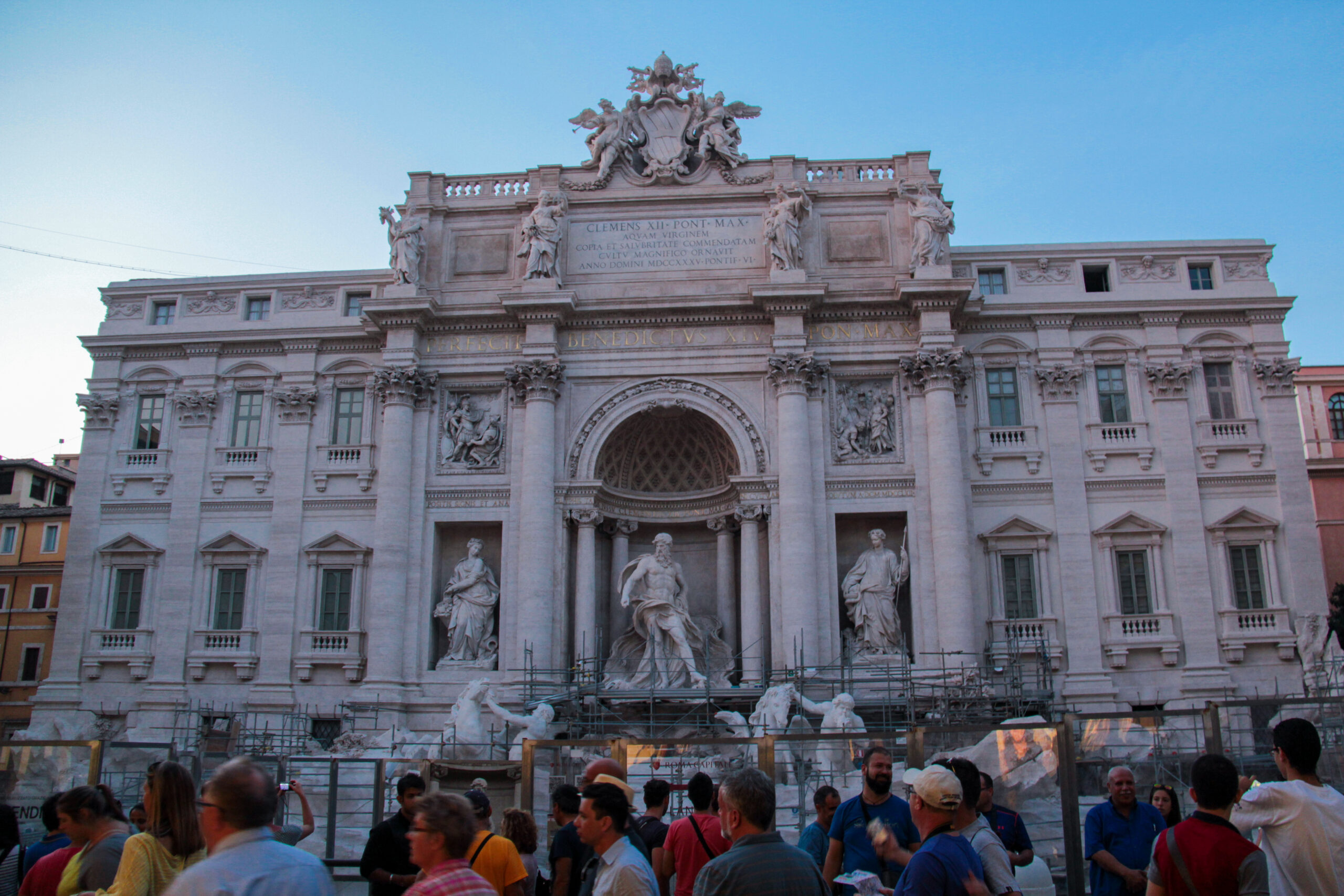
Unfortunately the Trevi Fountain was in restoration during our trip to Rome. So basically, there was a scaffold around it but with a glass wall so that you can see the figurines on the Trevi Fountain. There was no water floating in the fountain but even then, people threw coins in it.
Later on, I read that the restorations begun in June 2014 and were completed in November 2015. They installed more than 100 LED lights to improve its illumination when it’s dark outside.
A lot of people wants to visit the Trevi Fountain because of the coin throwing. When you are standing in front of the fountain, you should turn your back to it and you should use your right hand to throw a coin over your left shoulder right into the fountain. The mythology says that it will bring you good luck. Everyday, there are approximately 3.000 €, which are thrown in the Trevi Fountain. The money is used to subsidize a supermarket for Rome’s needy.
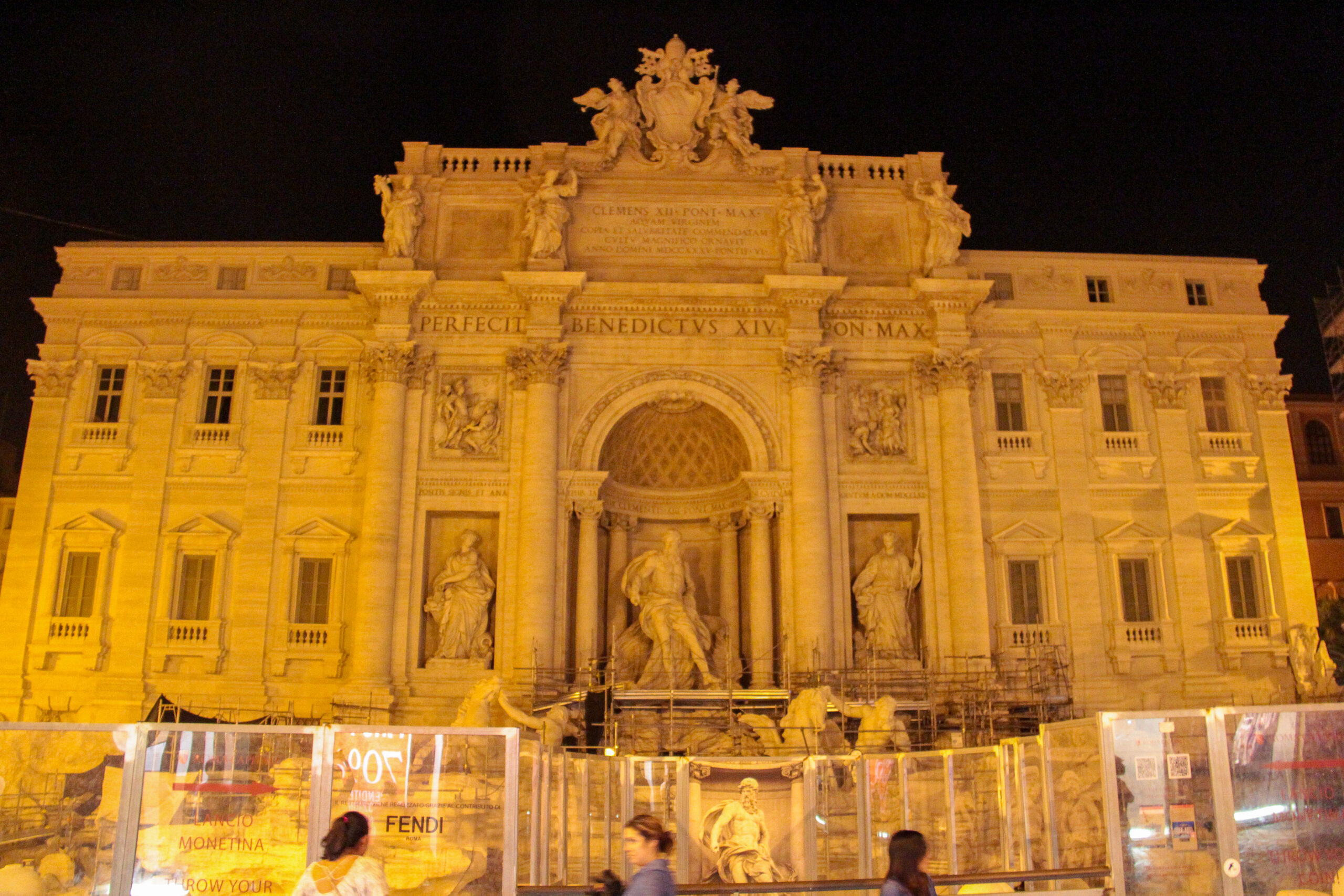
Vatican City
Everyone who is visiting Rome has also to spend one day at the Vatican City State. Even if it has only an area of 44 hectares and a population of 842 people, it is an independent State in Europe. More precisely, it’s an enclave within Rome. As it is surrounded by Italy, they have no other choice than to have Italian also as their official language. It is a very young state, because it only got independent in Italy 1929 and it is also distinct from the Holy See. The head of this small state is the Pope, that’s also why it is famous for.
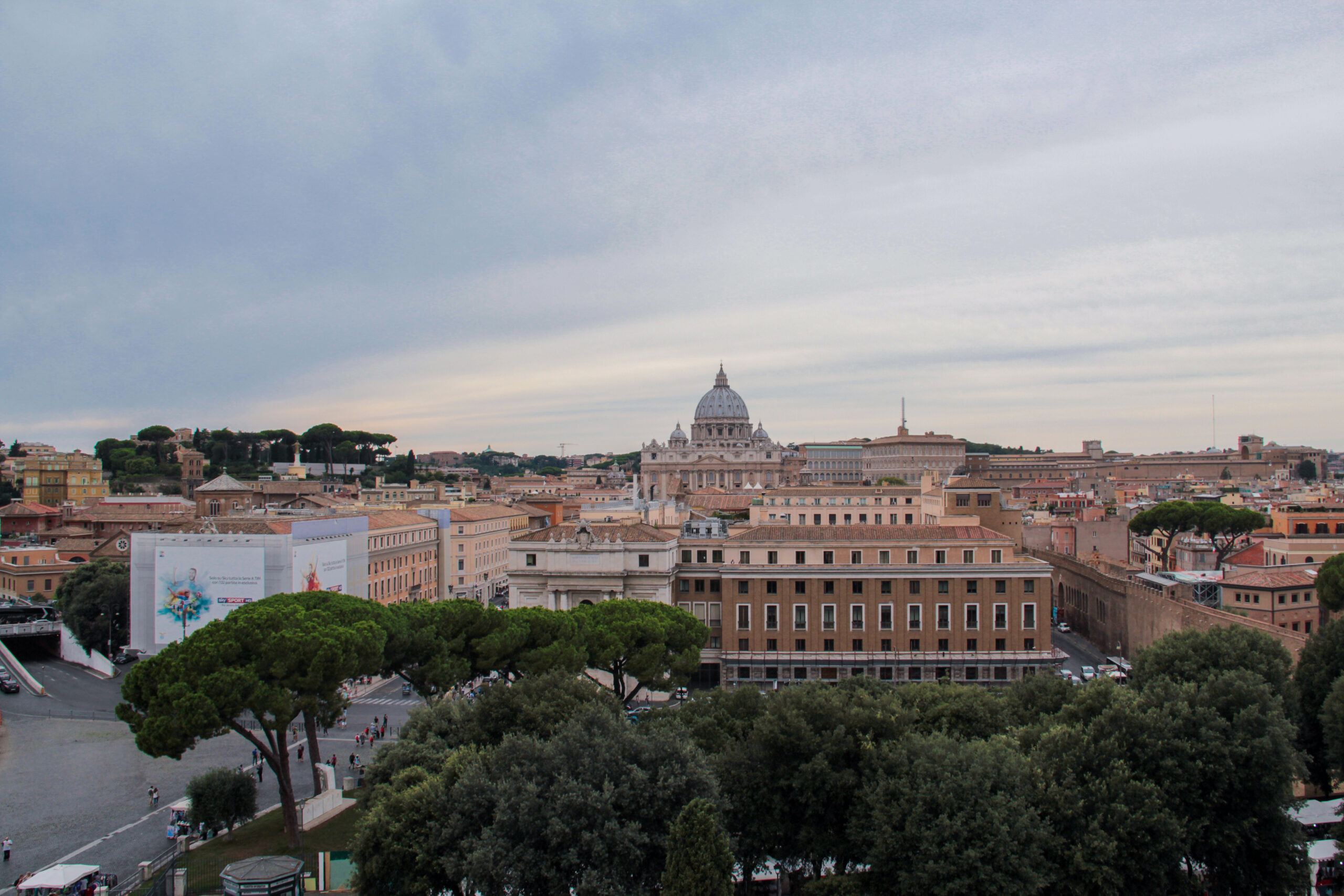
Its economy consists mostly of tourists. They sell postage stamps with the pope on it and get a lot of money from all the entrance fees from the tourist attractions. There are always crowds of people in the Vatican City, especially, when there is a Pope audience.
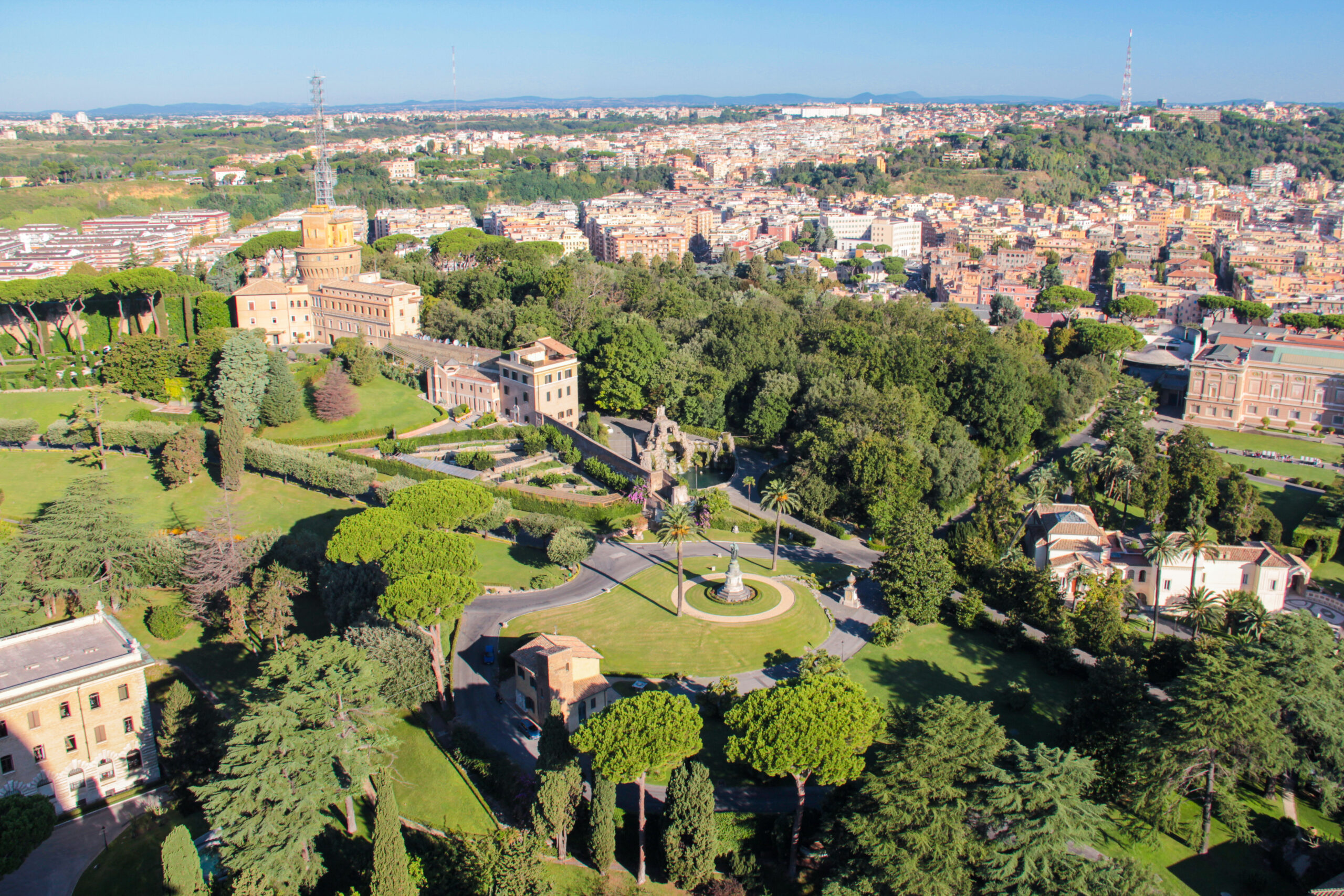
However, the Vatican City is a part of the UNESCO World Heritage Site since 1984. It is the only World Heritage Site, which consisted of an entire state. So, you can’t miss the Vatican while you’re in Rome.
St. Peter’s Basilica
The original name of the St. Peter’s Basilica is The Papal Basilica of St. Peter in the Vatican and it is the most renowned work of Renaissance architecture. One of its designers was of course Michelangelo. It’s really funny, because the St. Peter’s Basilica is one of the largest churches in the world, and it is standing in one of the smallest countries in the world. It was built in 1626 and it is 136,5 meters (448,1 ft) high.
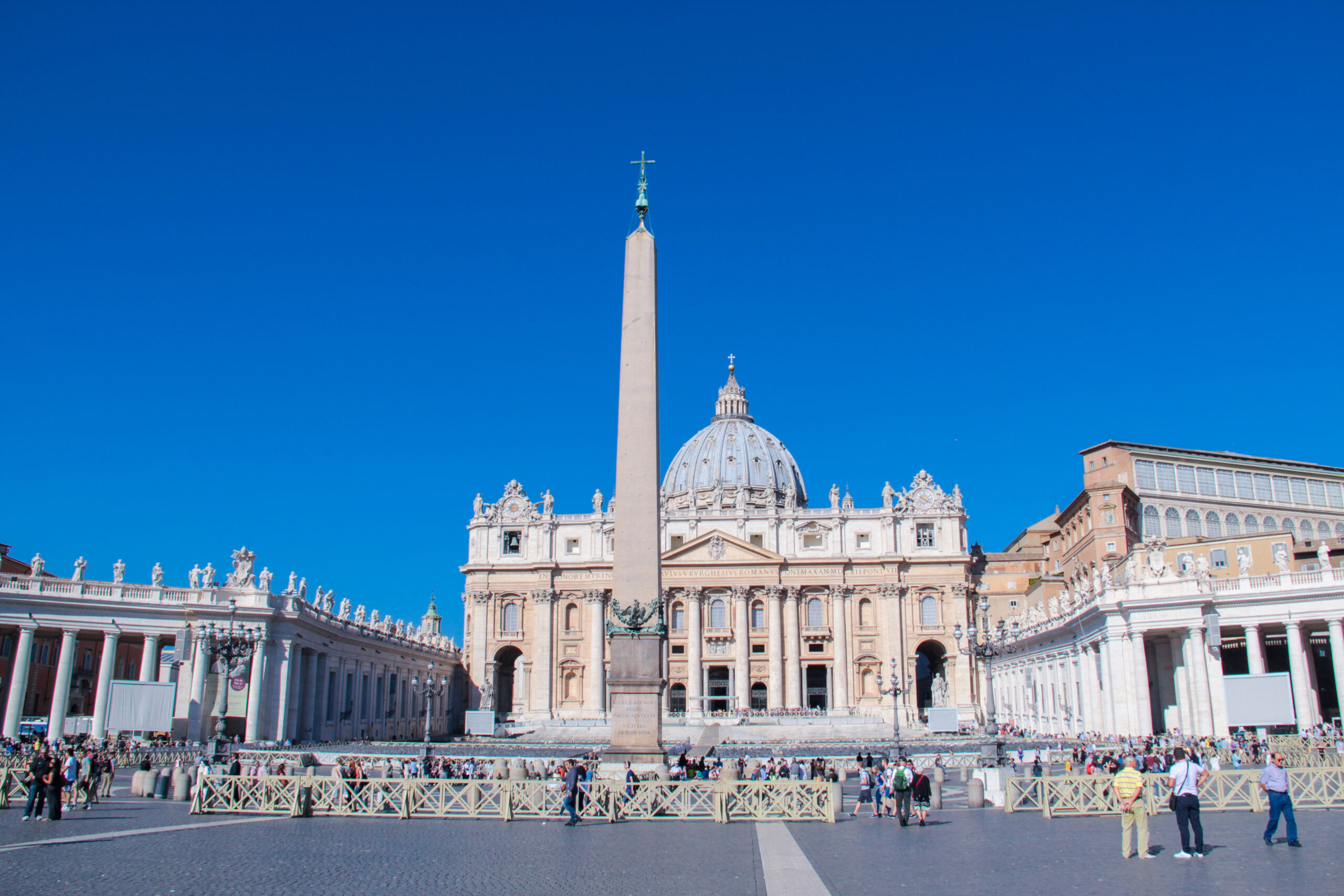
It is standing just in front of the St. Peter’s Square, which is the most famous place in the Vatican City State. In the middle of the square, there is standing a huge Egyptian obelisk, which was erected in 1586. When the Pope holds his audience, the whole St. Peter’s Square is full with people, you can’t imagine how many people are waiting and listening to the Pope.
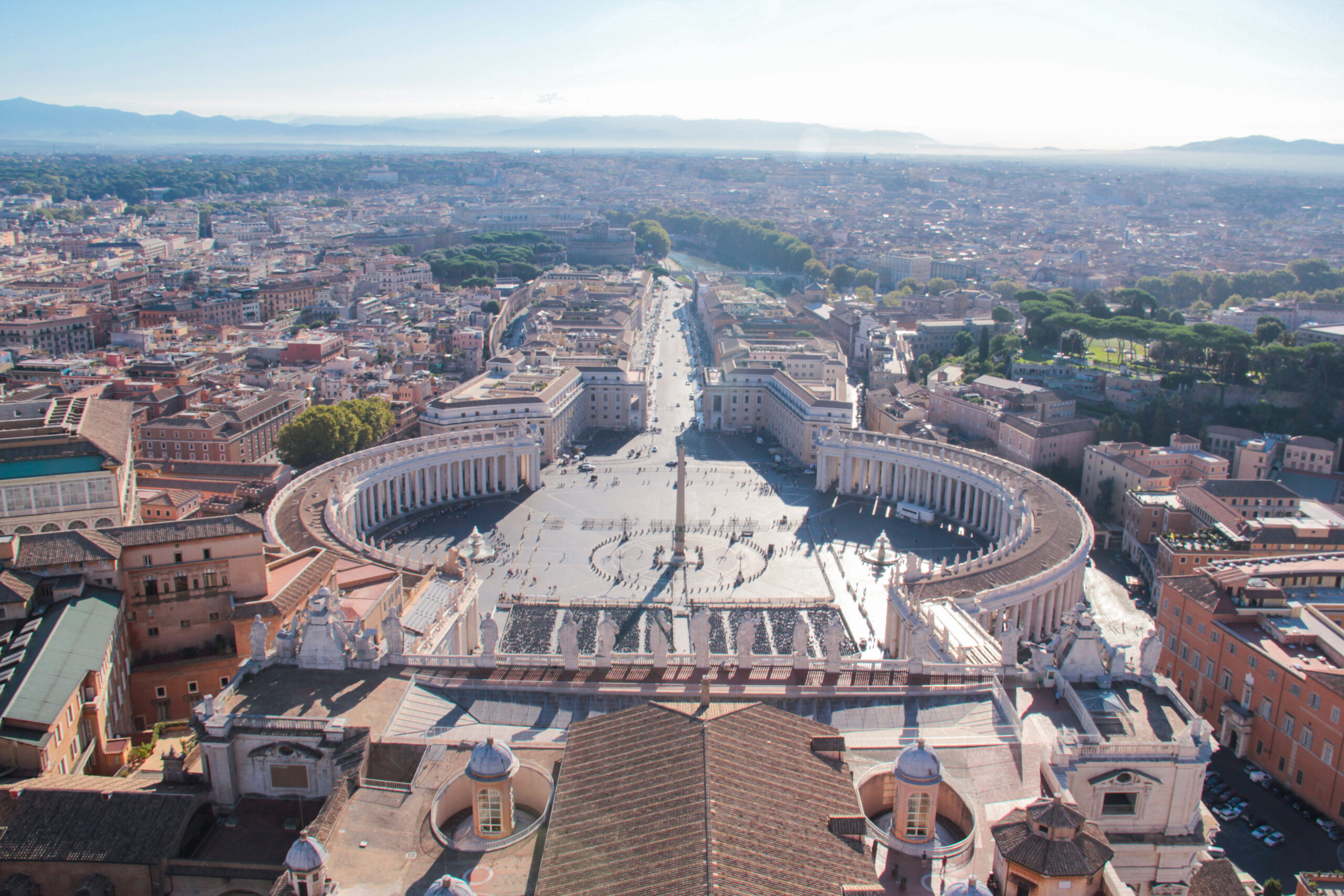
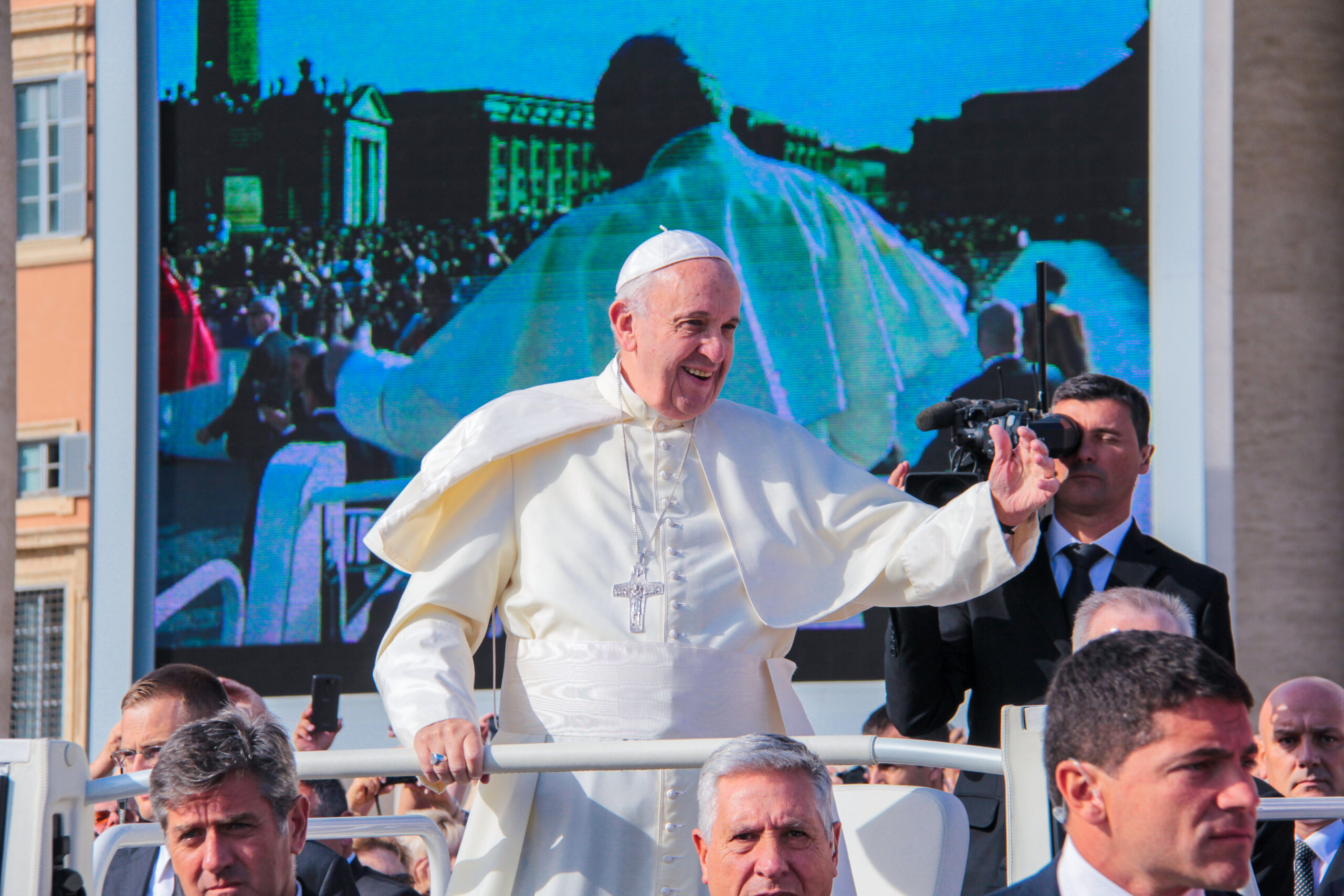
It is absolutely worth it to visit the St. Peter’s Basilica, especially when you’re Christian.
Castel Sant’Angelo
The Castel Sant’Angelo is also called Mausoleum of Hadrian, or in German Engelsburg. Besides the Colosseum and the Trevi Fountain, this is also one of the major tourist attractions in Rome. It is a towering cylindrical building, which was initially built by the Roman Emperor Hadrian as a mausoleum for his family and of course for himself. Over the years, it has a lot of functions, like the fortress and castle for the Popes or now as a museum.
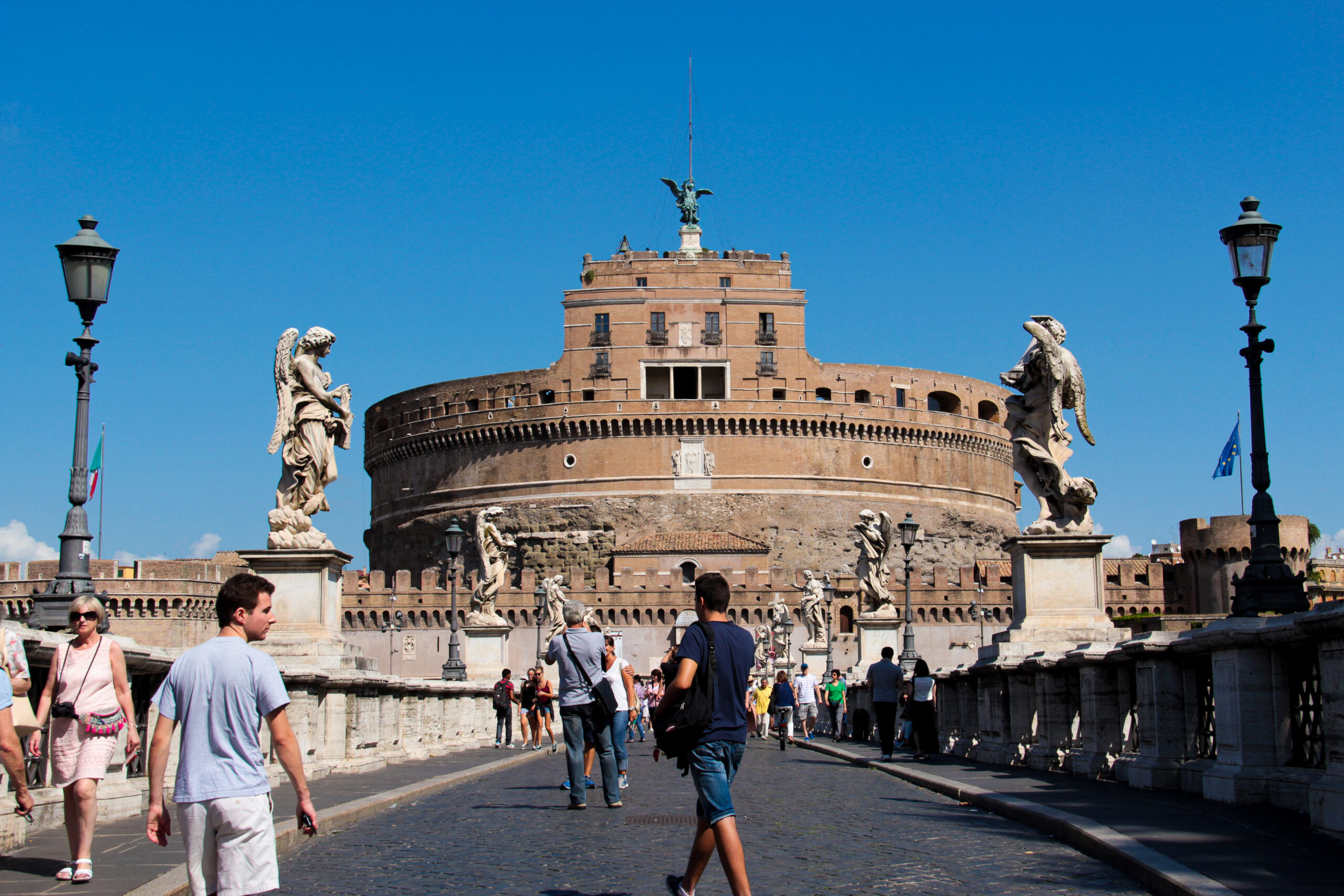
The tomb of Hadrian has been a decorated cylinder with a garden and a golden quadriga and his ashes had been placed there in 138 AD. In 401, the building became a military fortress, which destroyed it partly. In the beginning of the 14th century, the popes converted it into a castle. The Pope Nicholas III had built a covered corridor called Passatto di Borgo, which connected the St. Peter’s Basilica and the Castel Sant’Angelo. Over the next years, every Pope added some other buildings or structures. However, the Castel was also used as a prison. Since its decommission in 1901, it is a museum, the Museo Nazionale di Castel Sant’Angelo.
I really enjoyed the visit of this very multifaceted old building. You immediately recognize the different periods of time, just because of the different stones. It is really interesting to walk through the different parts and rooms of the Castel Sant’Angelo. Nowadays, there is even a bar inside.
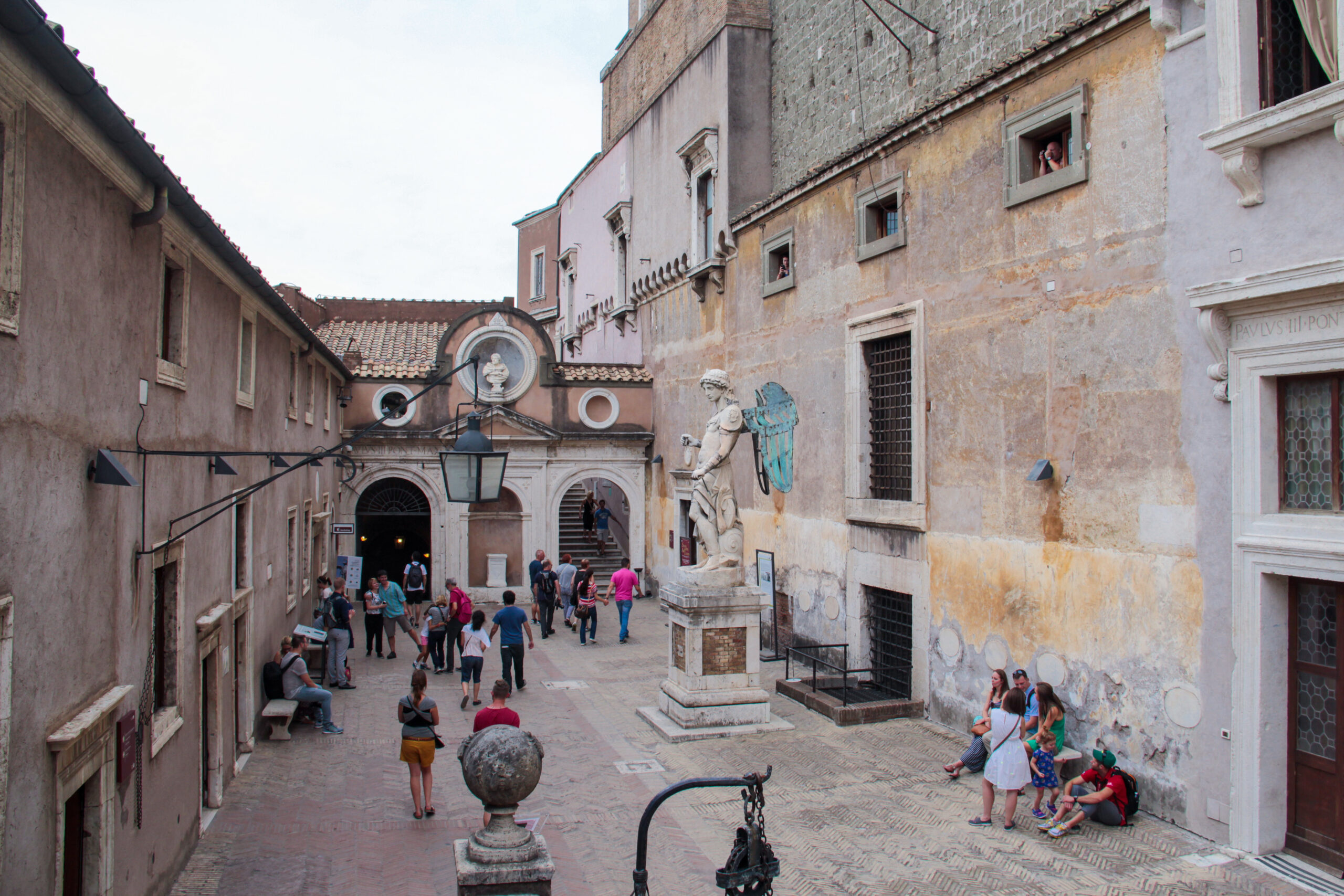

When you’re up on the highest floor of the castel, you’ll have an amazing view over the whole city of Rome and also on the St. Peter’s Basilica. Another part of the Castel Sant’Angelo, is the Ponte Sant’Angelo. It was also completed in 134 AD by the Roman Emperor Hadrian. It was built to connect the city center with the ancient mausoleum over the Tiber river. As its name is Ponte Sant’Angelo, there are 10 angel statues on the bridge and everyone has its own meaning.
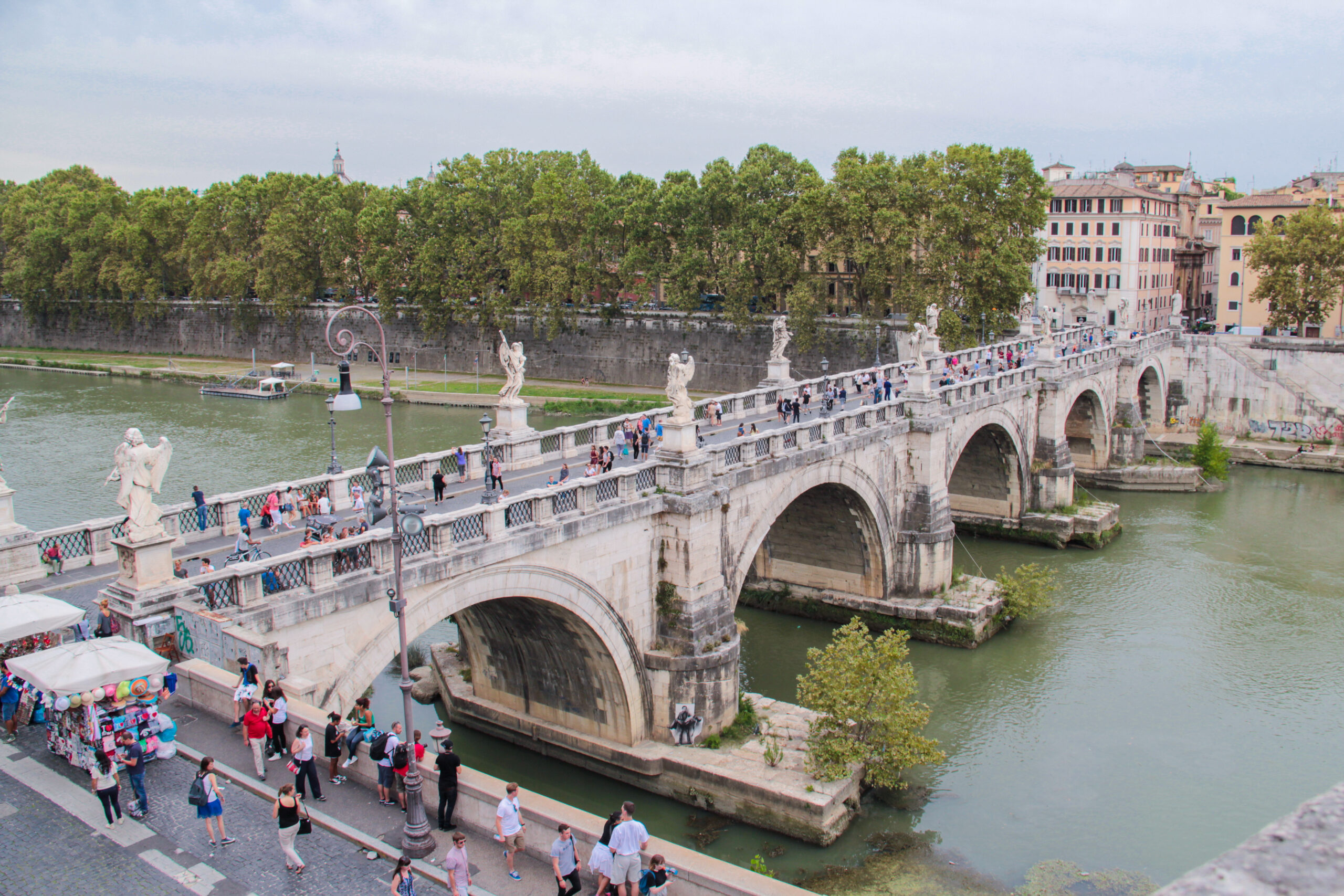
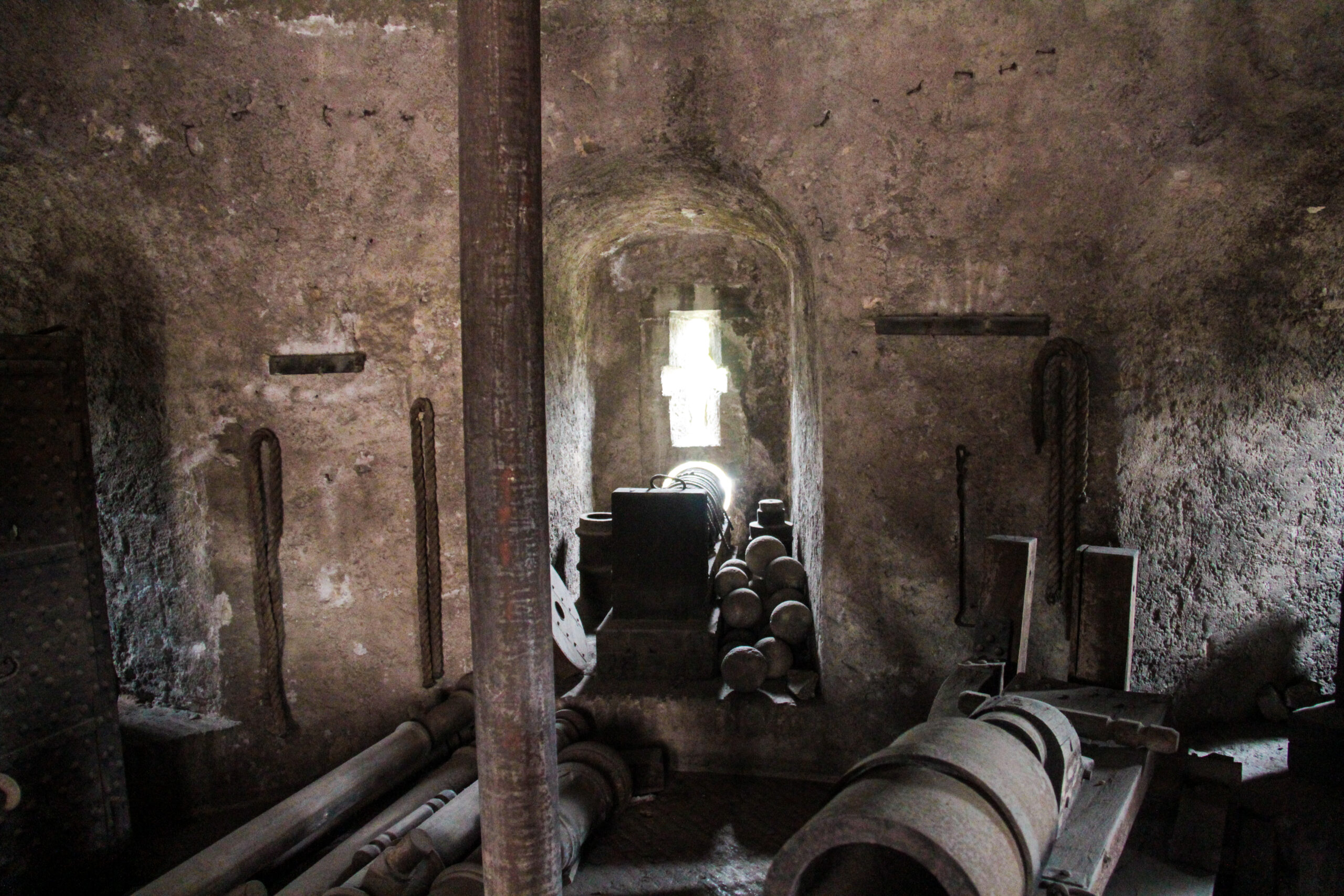
Be sure to let a little bit of time in your schedule to have time to visit this amazing and historical castel. I can only recommend it!
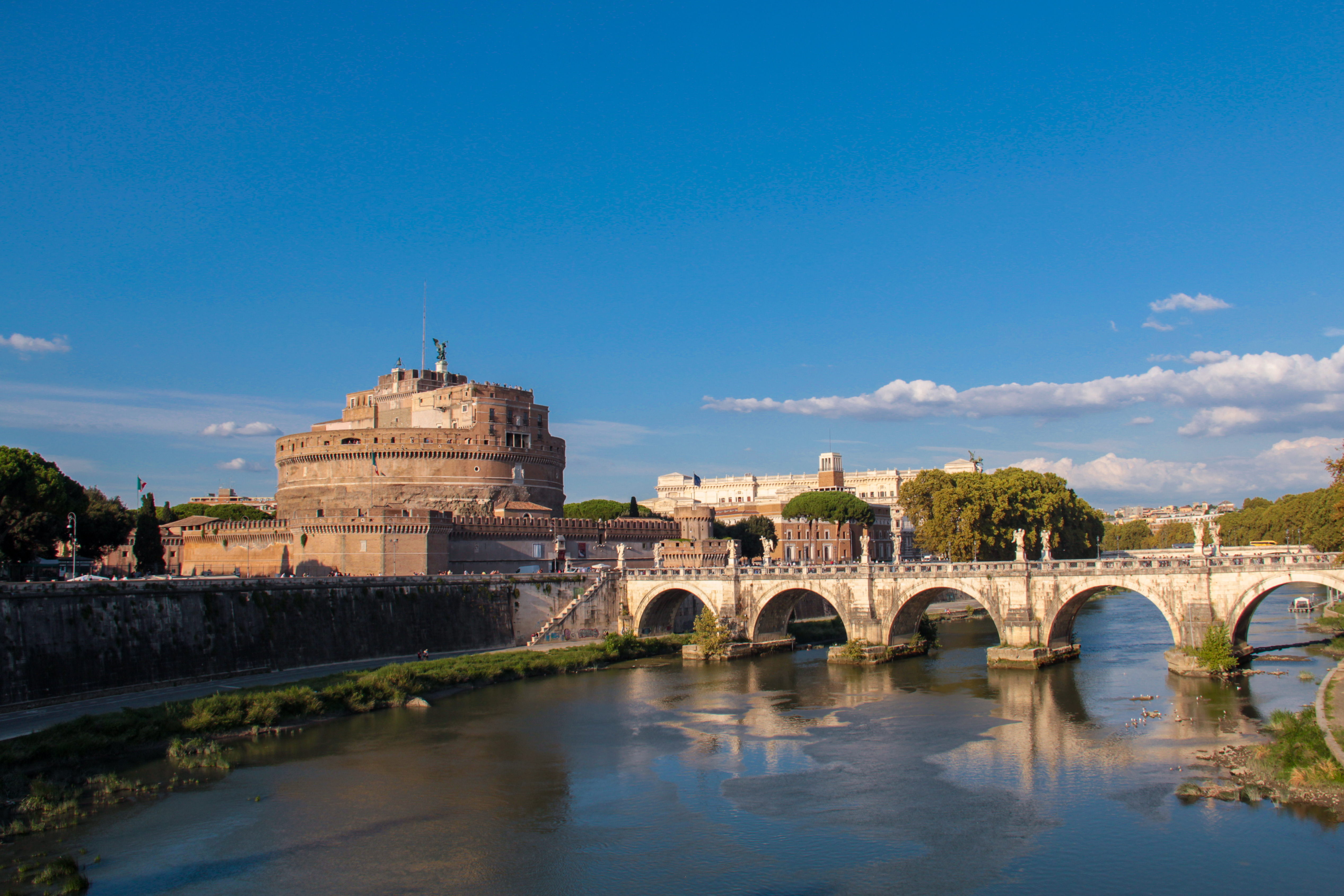
Piazza Navona
Last but not least, the Piazza Navona. I really fell in love with that place. It was built in the 1st century AD on the site of the Stadium of Domitian. For the ancient Romans, it was a place of entertainment, because they used it as a competition arena where they could watch different games.
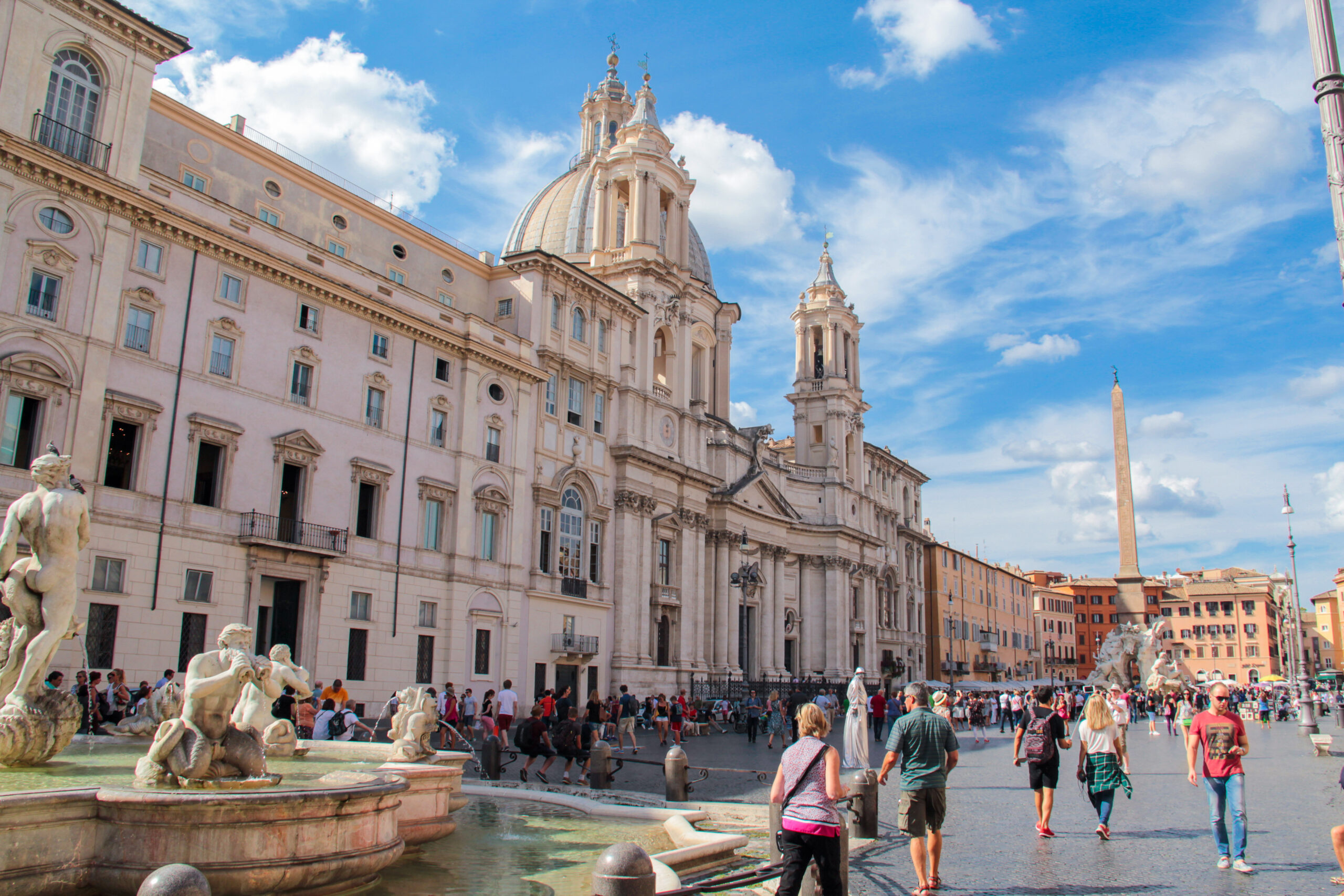
In the middle of the place, there is an Egyptian obelisk together with the famous Fontana dei Quattro Fiumi or in English, the Fountain of the Four Rivers. But there are two other fountains on the Piazza. At the northern end is the Fountain of Neptune and at the southern end the Moor Fountain. When you enter the Piazza Navona, you immediately see a huge building, which is the Palazzo Pamphili. Today, it is the Brazilian Embassy in Italy.
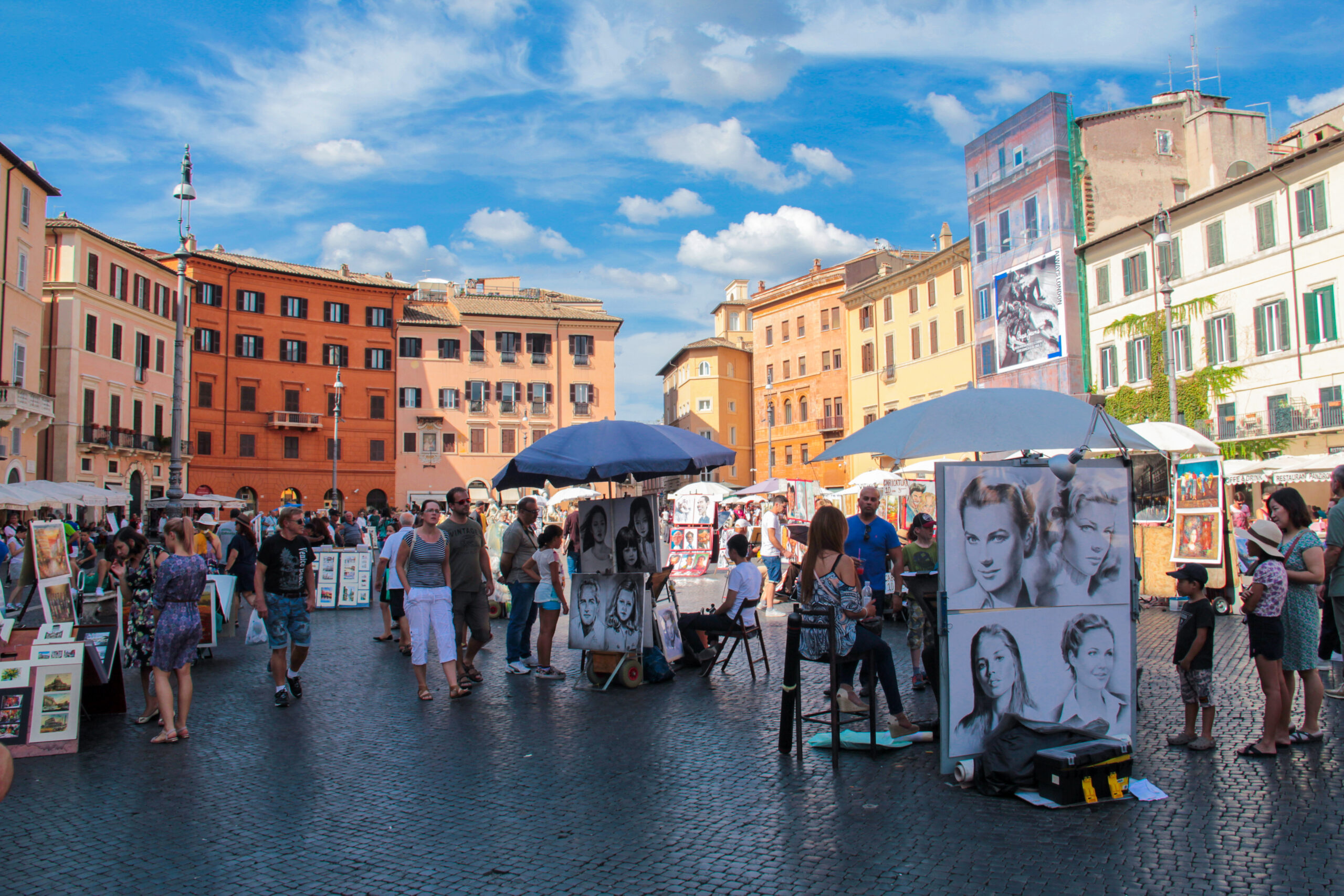
I loved this place from the beginning. Around the whole piazza are a lot of charming restaurants. We tried the Restaurant Domiziano, which was really a nice restaurant. The food was good, the stuff was really really nice and the whole ambiance was Italian. There were also a lot of artists on the place They were sitting there the whole day and paint something.
When you’re searching for a nice place to eat or to just relax, have a look at this charming piazza.
I’m pretty sure that there is a lot more to discover in Rome. Four days are definetely not enough to discover this old Roman Empire city. Do you have any other tips for Rome?
Read next: North Cape: Europe’s most northern point
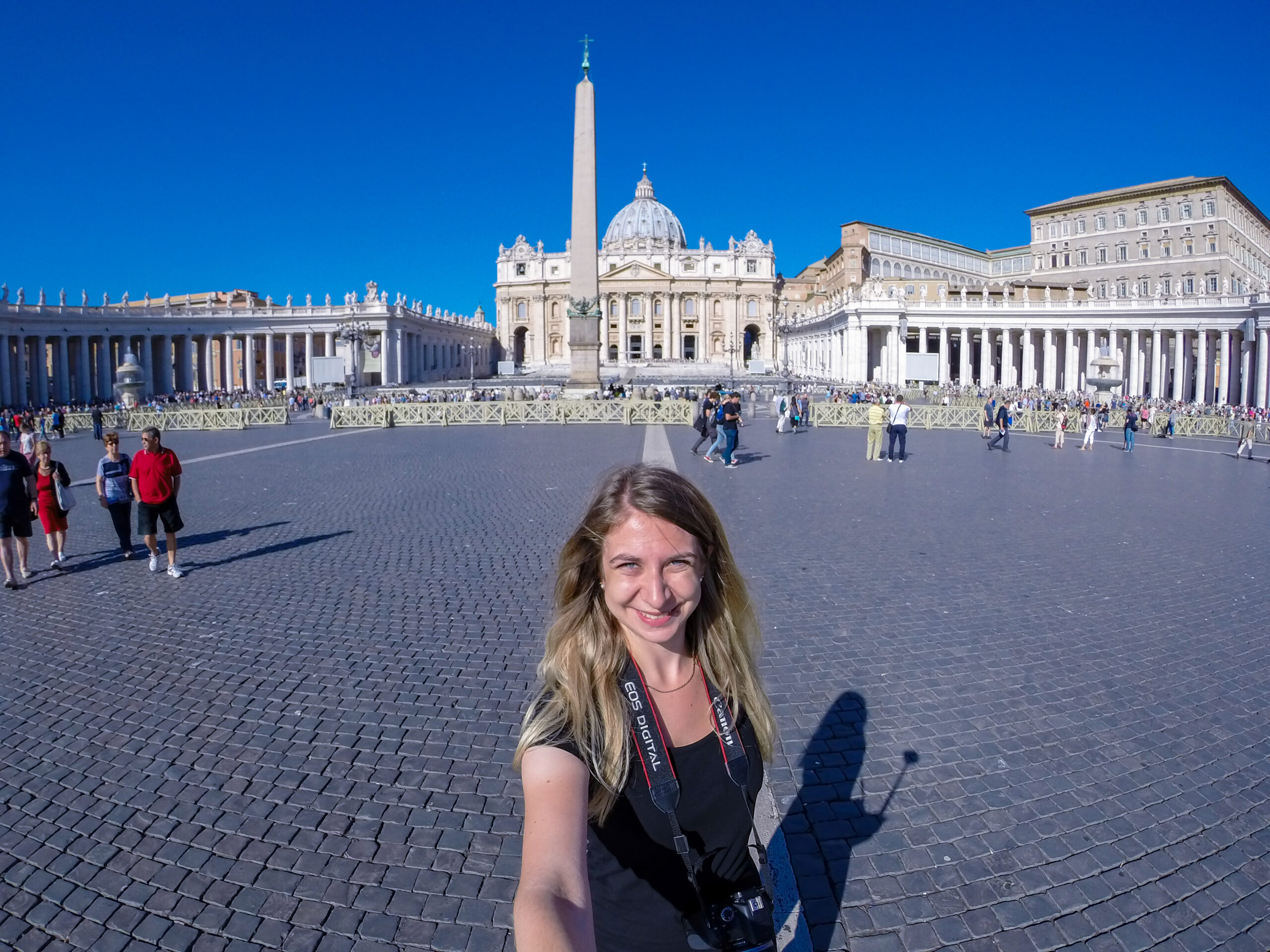
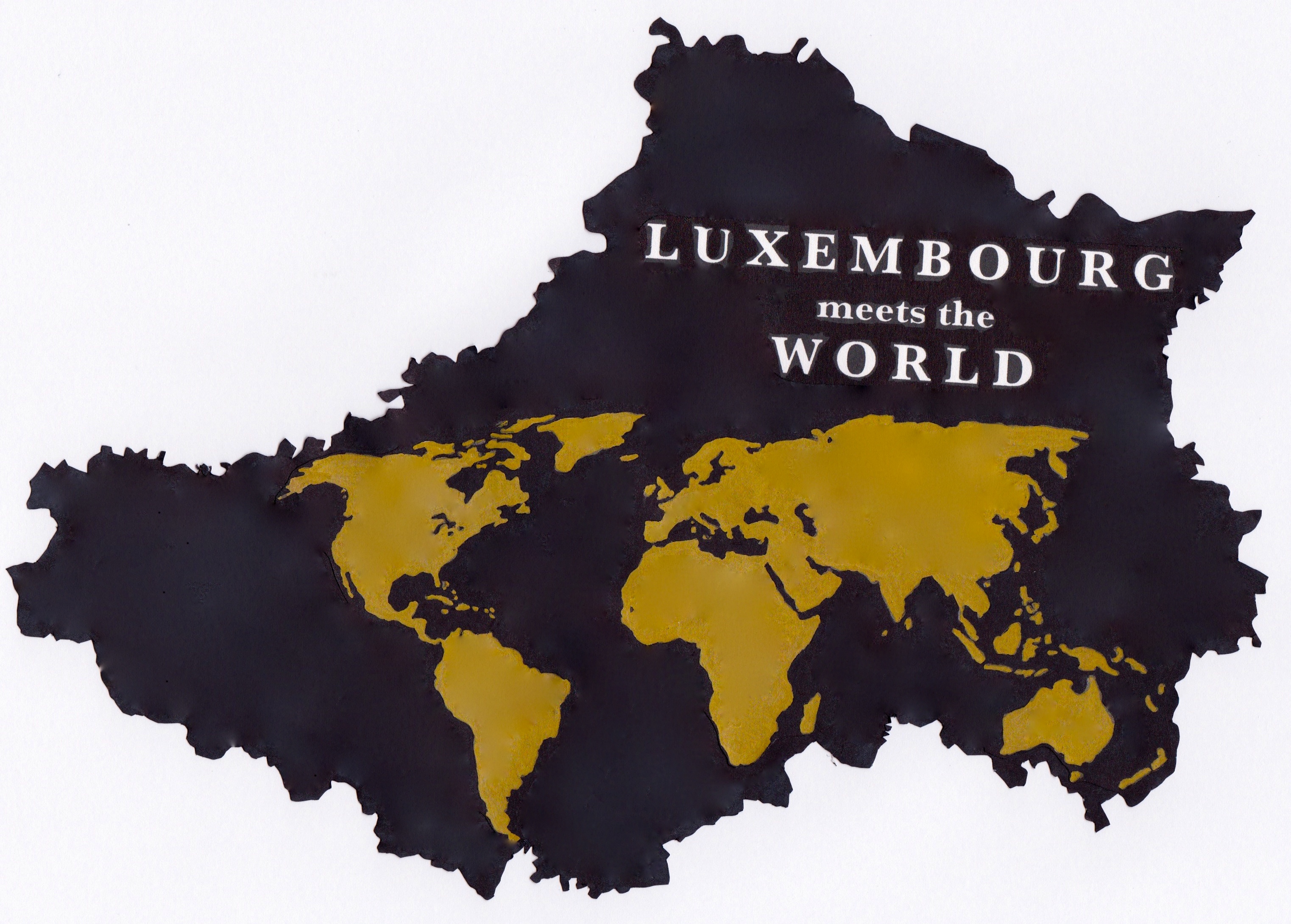
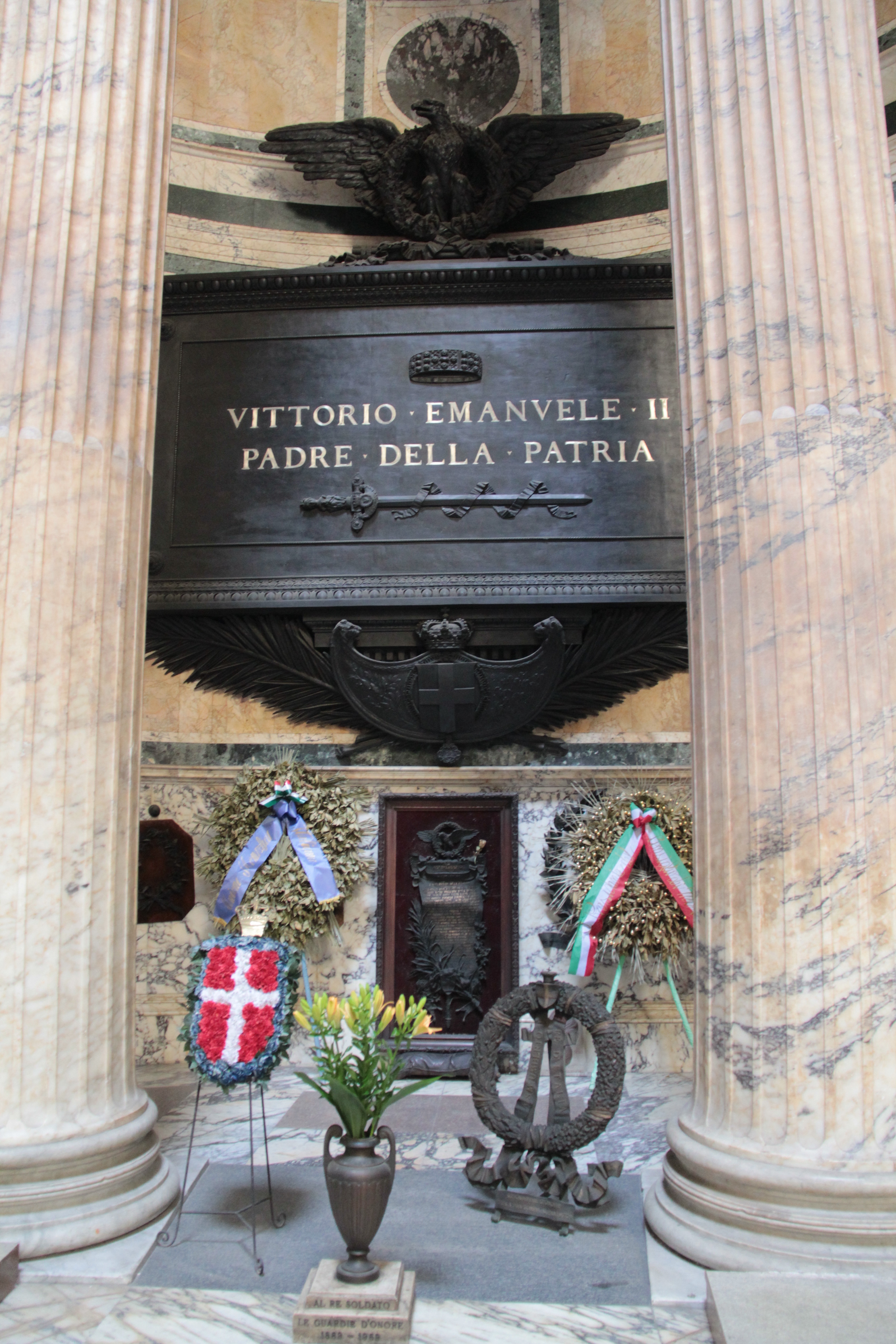
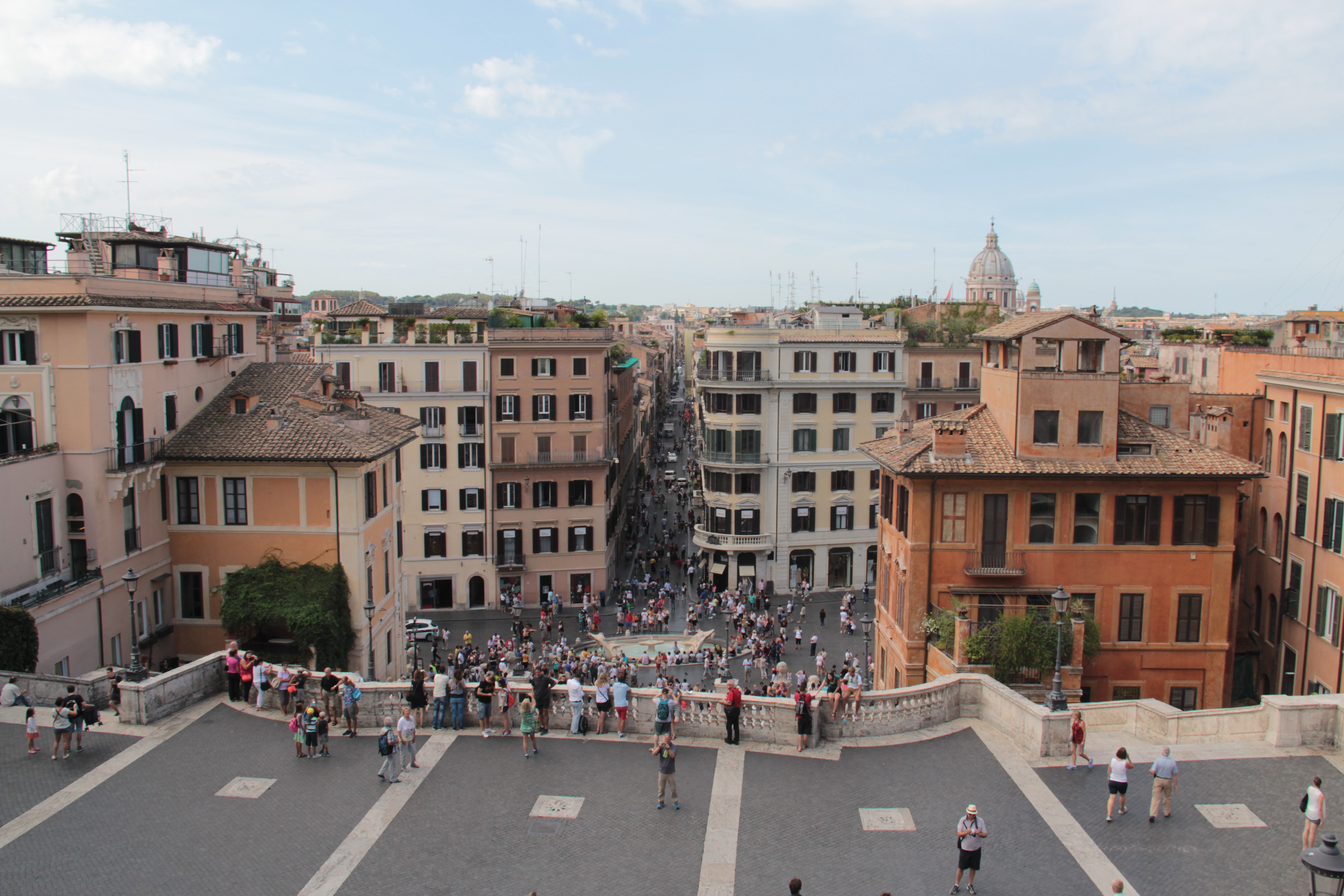
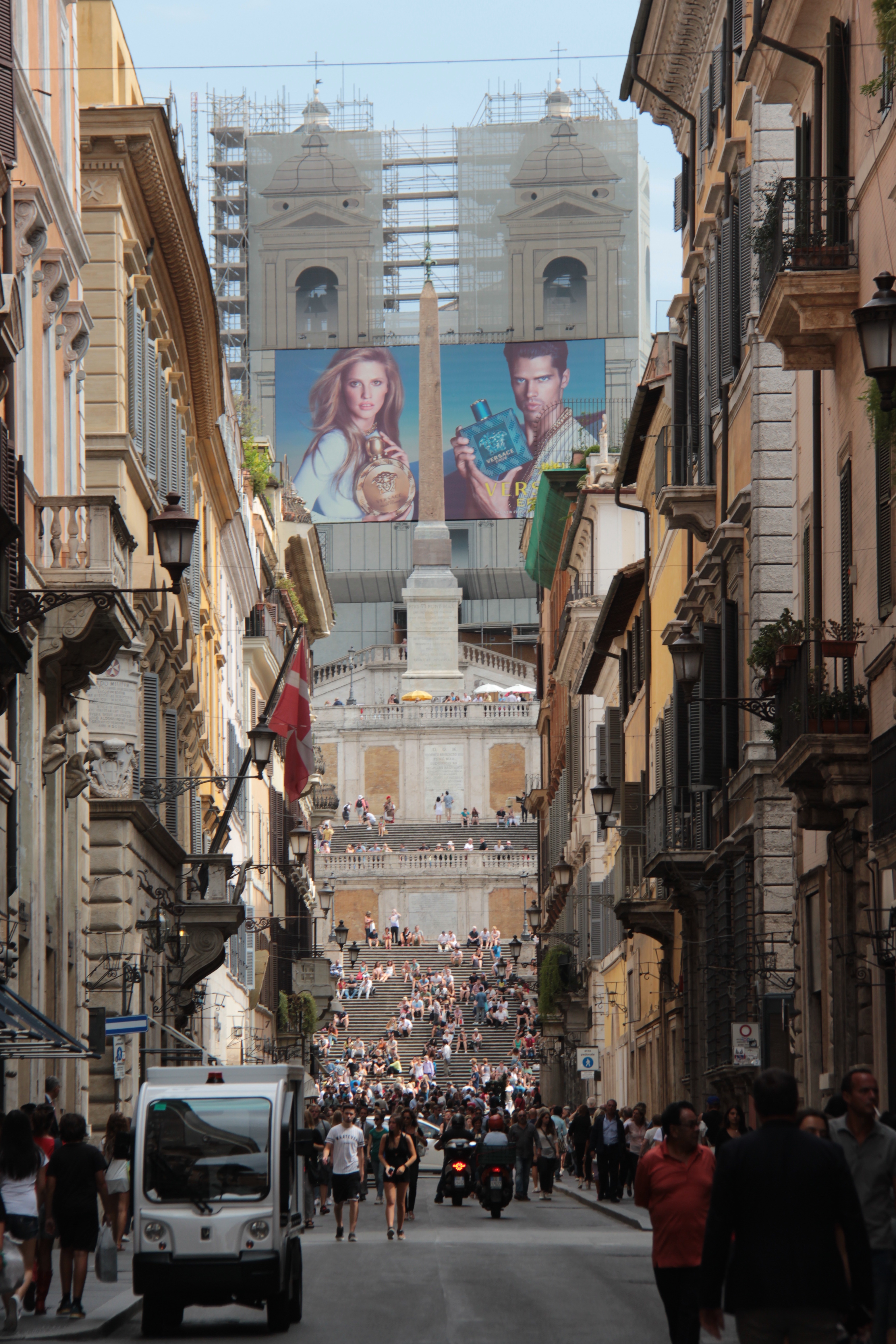
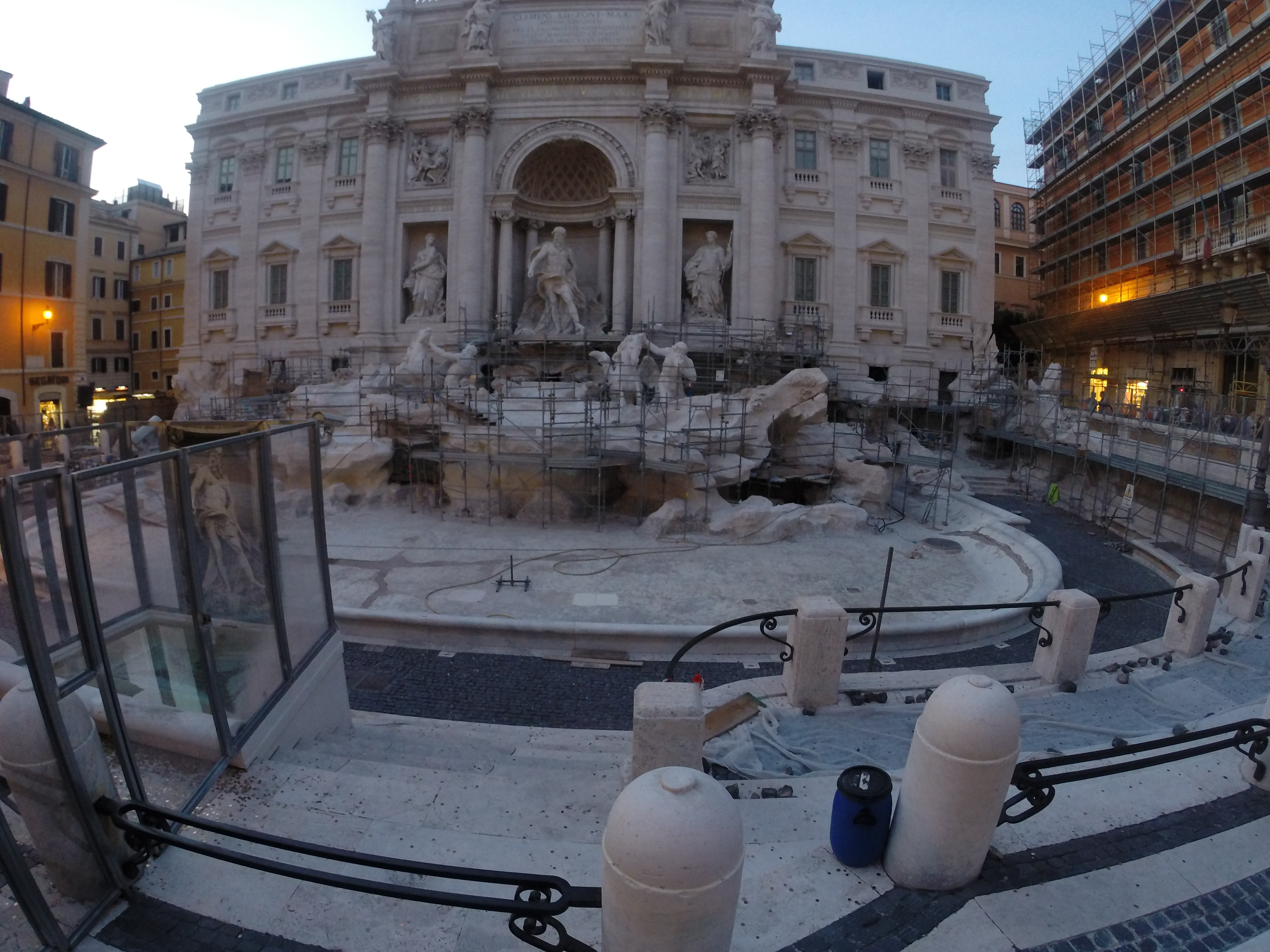

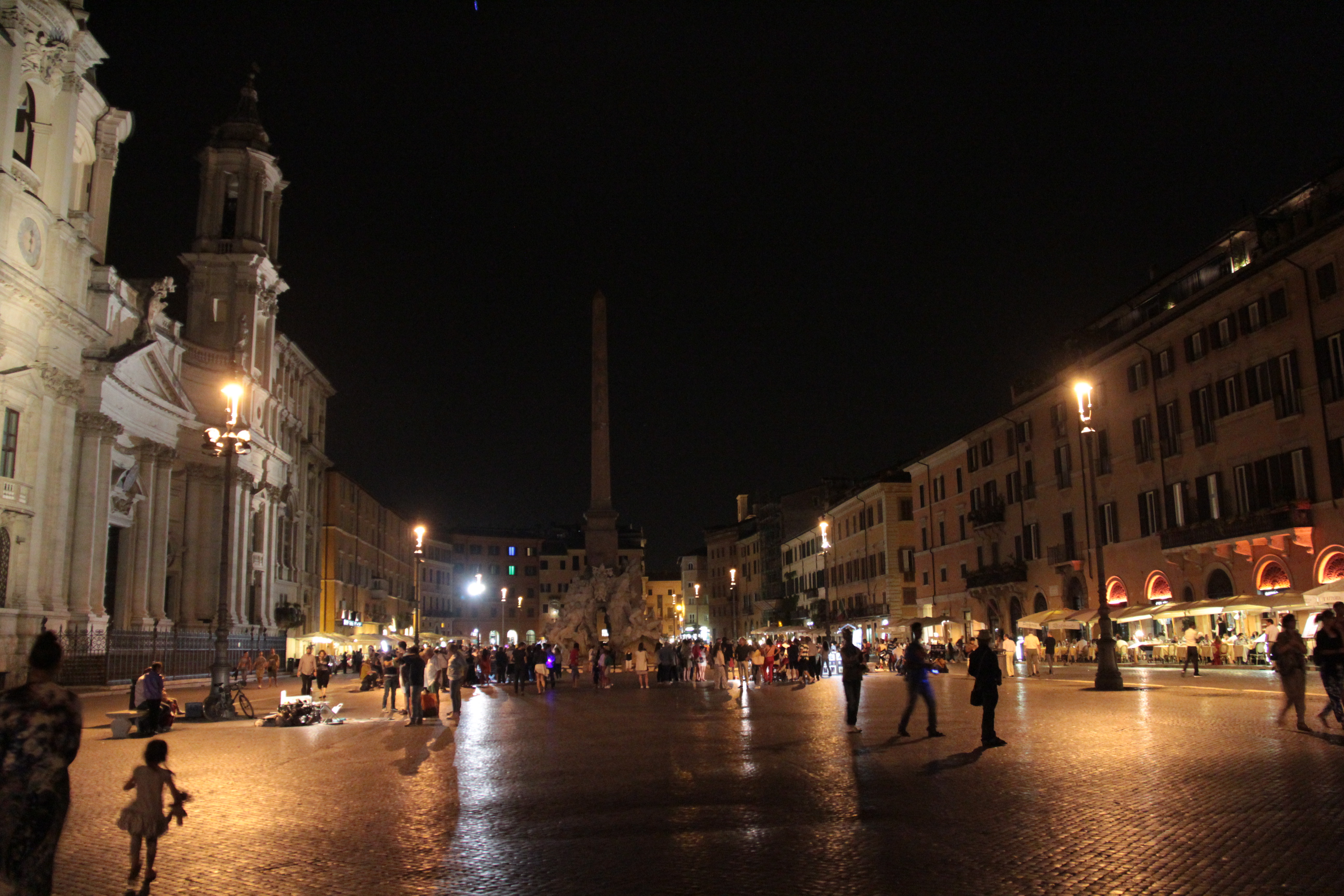
Thank you for sharing these beautiful pictures along with your memories. I was there in 1970 and in 1983, and walked every inch of the Forum.